Using a two-tone siding design is a powerful strategy for transforming a home's exterior from ordinary to exceptional. This approach involves more than just picking two colors; it's about using color, texture, and orientation to highlight architectural features, create visual interest, and add dimensional depth. By strategically placing different siding styles or hues, you can accentuate gables, define entryways, or break up large, monotonous walls. Whether you prefer a subtle, harmonious look or a bold, contemporary statement, a well-executed two-tone scheme can significantly elevate your property's curb appeal and reflect your personal style.
1. Classic Horizontal Lap and Gable Shake Siding
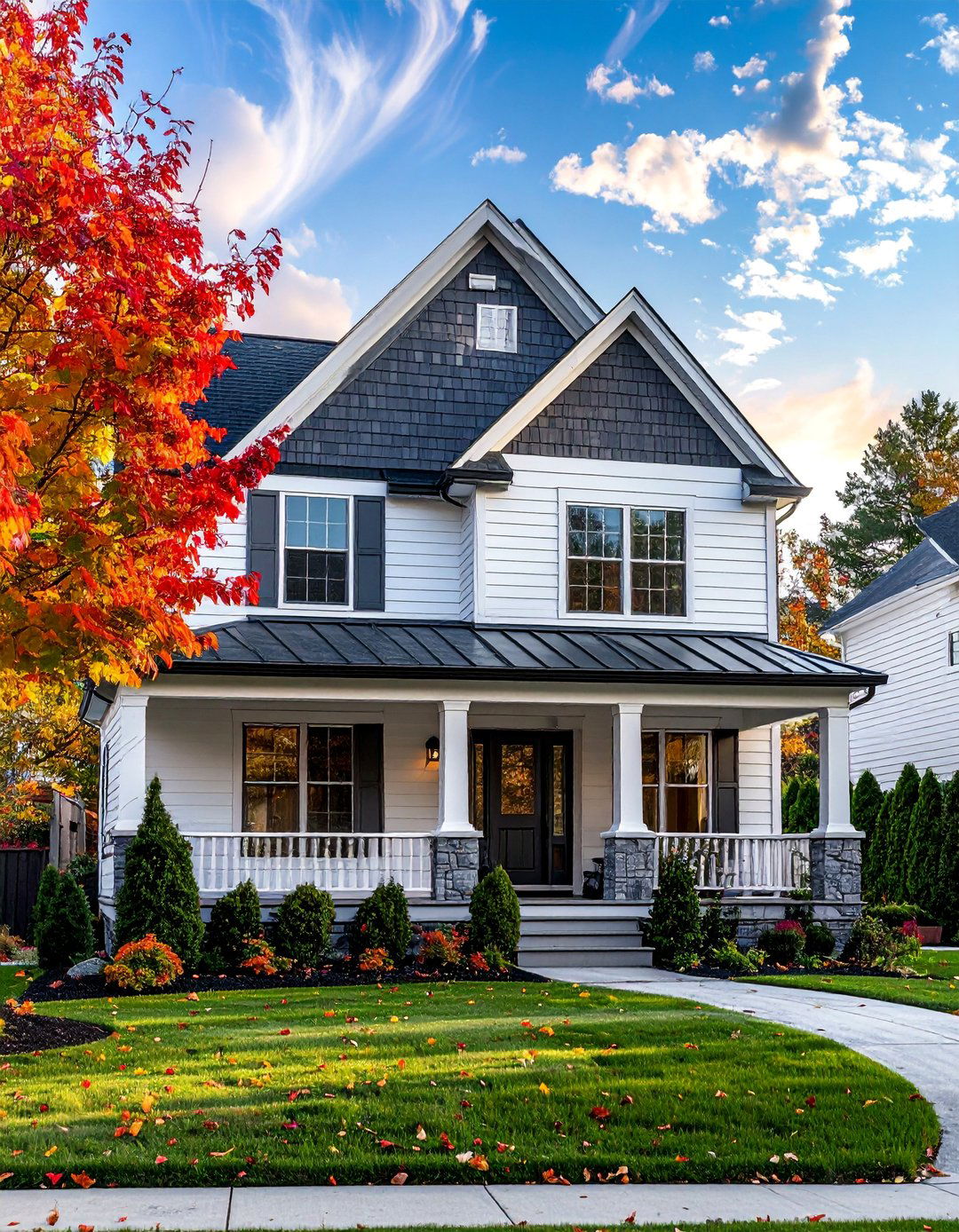
A timeless two-tone siding design combines classic horizontal lap siding on the main body of the house with textured shake siding in the gables. This approach adds architectural character and dimension, drawing the eye upward. For a popular modern farmhouse look, consider crisp white horizontal siding paired with a rich, dark gray or deep blue shake. The contrast not only highlights the peak of the roofline but also introduces a layer of textural sophistication. This combination works exceptionally well on traditional home styles like Cape Cods, Colonials, and Craftsmans, offering a balanced and visually appealing exterior that feels both classic and updated.
2. Vertical Board and Batten with Stone Veneer Base
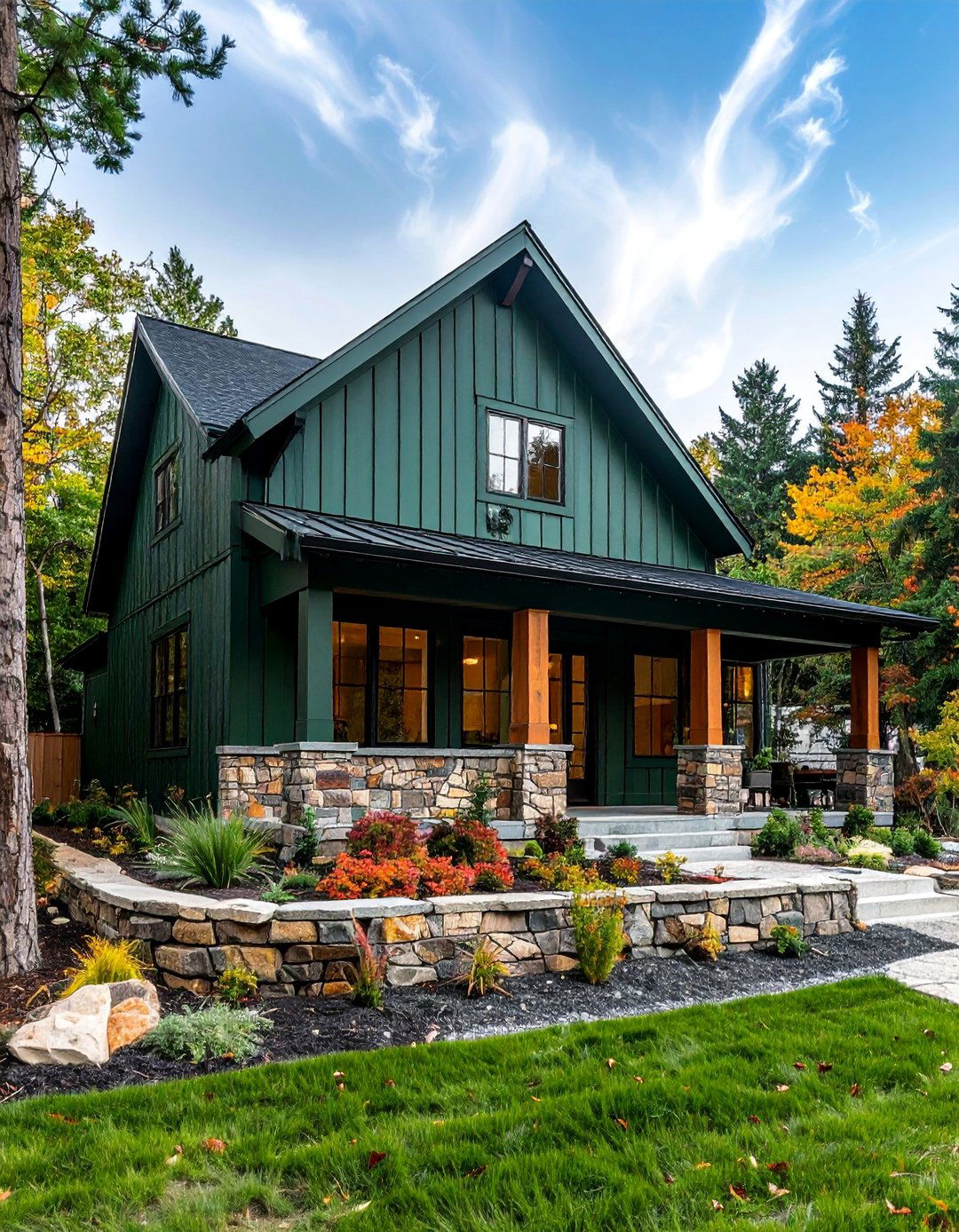
For a rustic yet refined exterior, pairing vertical board and batten siding with a stone veneer base creates a stunning two-tone effect. The clean, linear pattern of the board and batten, often in a deep charcoal or forest green, offers a modern contrast to the organic, rugged texture of the stone wainscoting. This design grounds the home, giving it a sense of permanence and strength. The stone typically covers the foundation and the lower third of the walls, providing a durable and visually anchoring element. This combination is ideal for ranch, Craftsman, and mountain-style homes, blending natural materials for a sophisticated curb appeal.
3. Dark Upper Level and Light Lower Level Siding
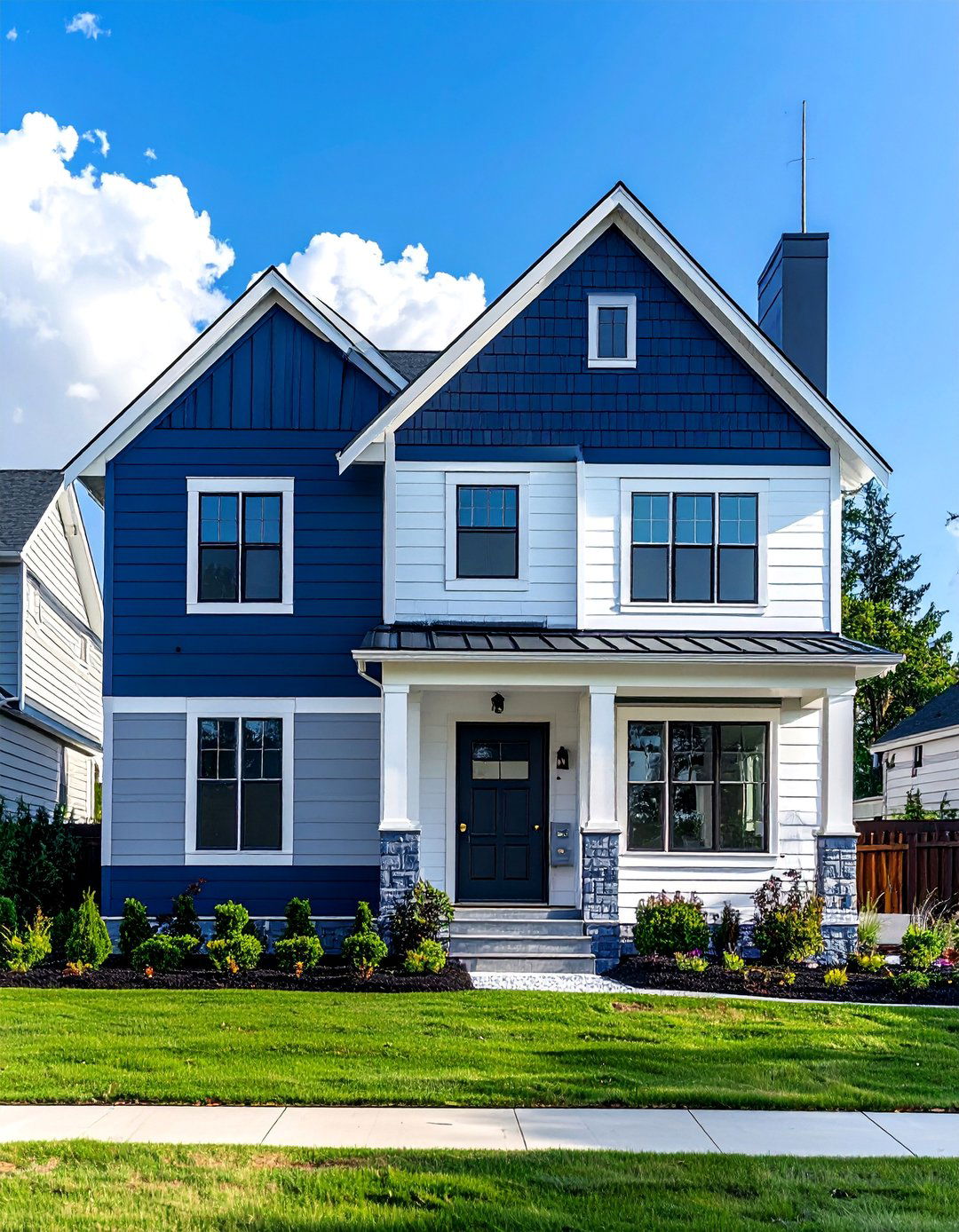
Flipping the conventional color scheme, a dark upper level with a light lower level offers a dramatic and contemporary two-tone siding design. This technique can make a multi-story home feel more grounded and substantial. Imagine a second story clad in a bold dark gray or navy blue fiber cement siding, positioned above a first floor in a soft white or light cream horizontal lap. This arrangement draws attention to the upper architecture while maintaining a bright, welcoming feel at the ground level. It’s an effective way to break up the vertical mass of a tall house and create a unique, modern aesthetic that stands out.
4. Light Upper Level and Dark Lower Level Siding
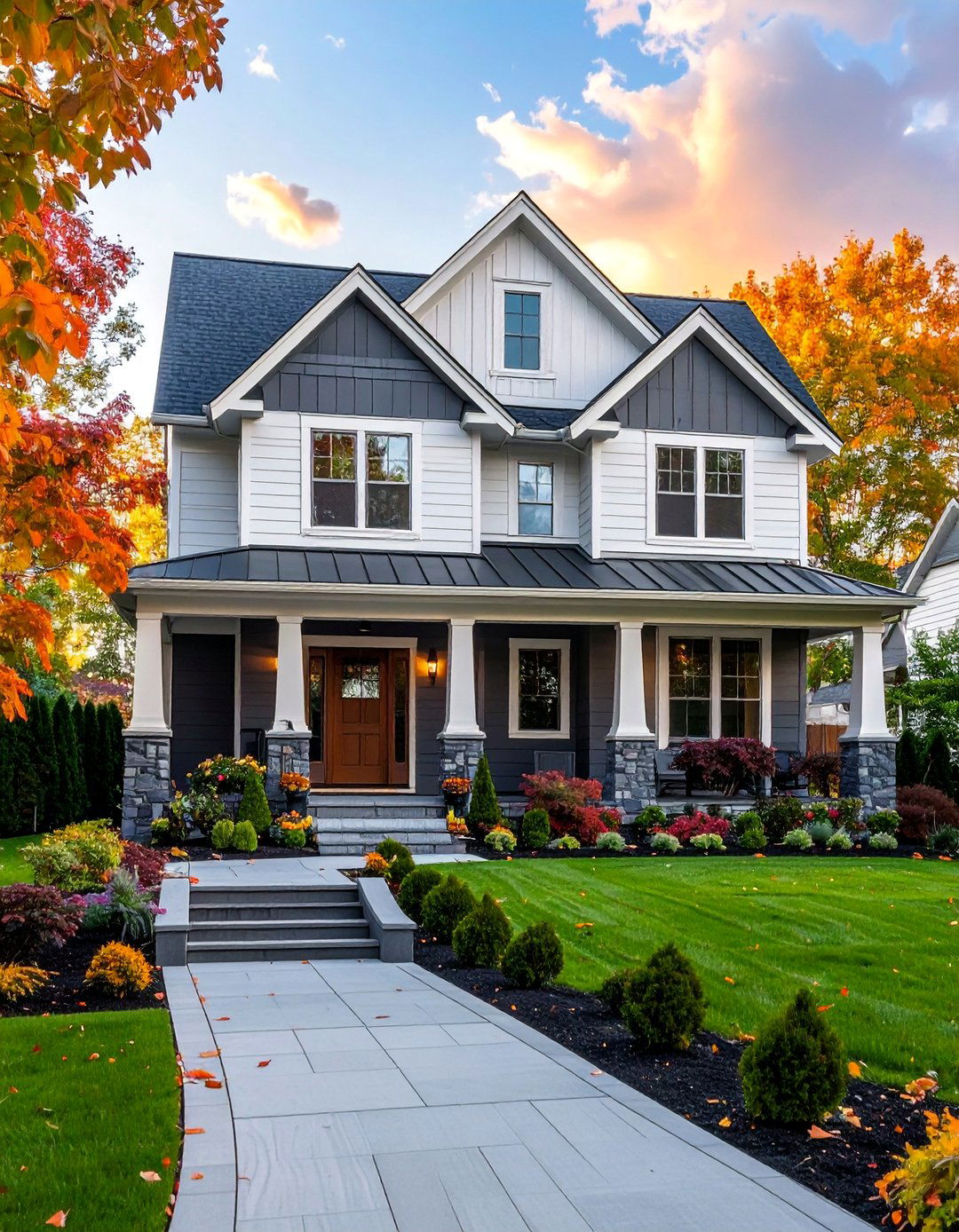
A more traditional and widely loved two-tone siding design involves using a lighter color for the upper level and a darker shade for the lower level. This approach gives the home a visually stable and classic appearance, as the darker base color anchors the structure to the ground. For instance, a soft beige or off-white on the second story paired with a deep, earthy brown or slate gray on the first creates a harmonious and welcoming facade. This color placement is particularly effective for accentuating details like window boxes or front porches on the lower level, enhancing the home's inviting character and overall curb appeal.
5. Main Body Siding with a Contrasting Bump-Out
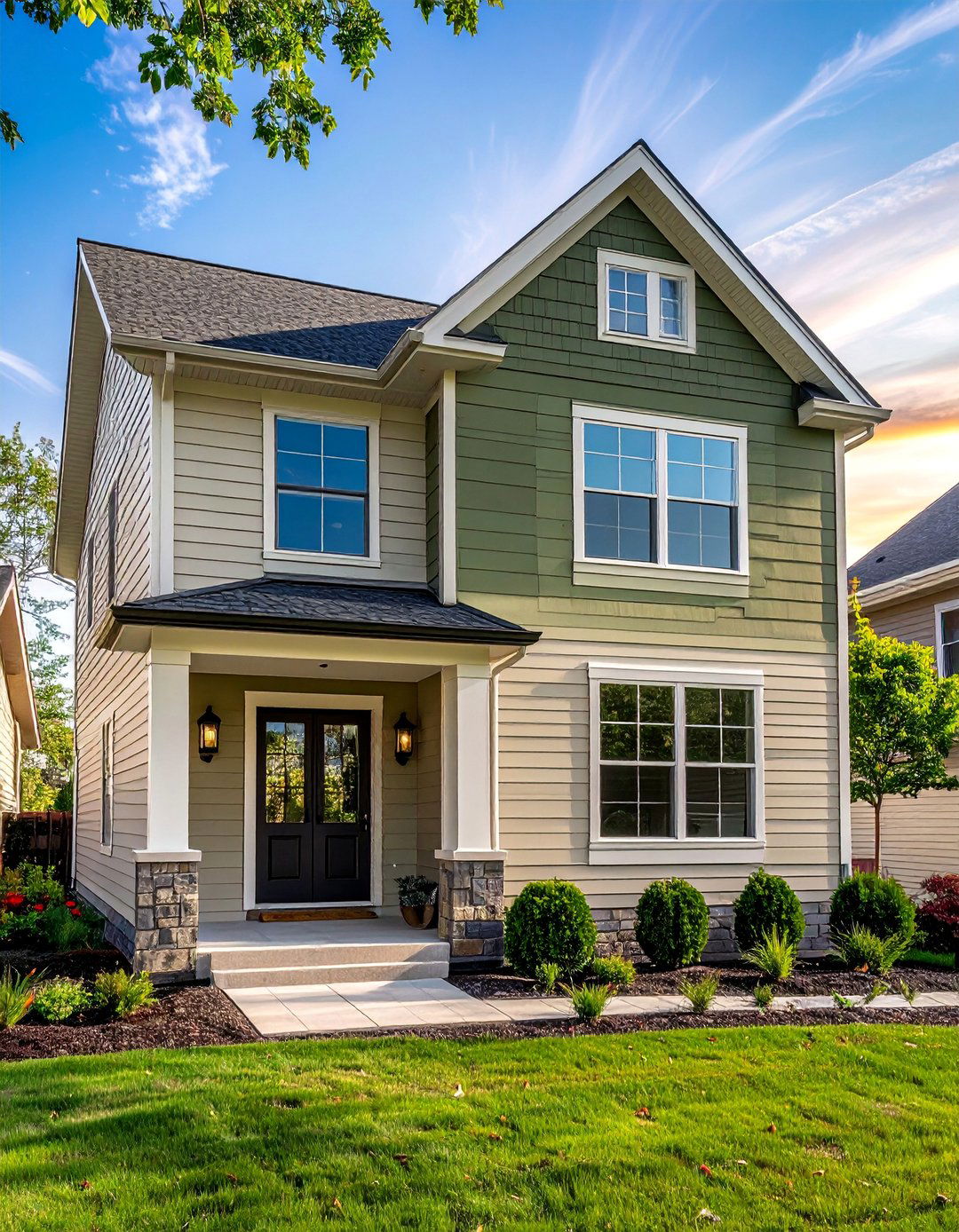
To highlight a specific architectural feature like a bump-out for a dining nook or living room, use a contrasting siding color or style. This two-tone siding design effectively turns the projection into a focal point. If the main body of the house features neutral horizontal siding, consider cladding the bump-out in a complementary but bolder color, like a deep red or olive green. Alternatively, you could switch up the texture by using vertical siding or shingles on the bump-out. This technique adds depth and complexity to the home's exterior, breaking up flat surfaces and adding a custom-designed feel that boosts visual interest.
6. Siding Combination to Define the Entryway
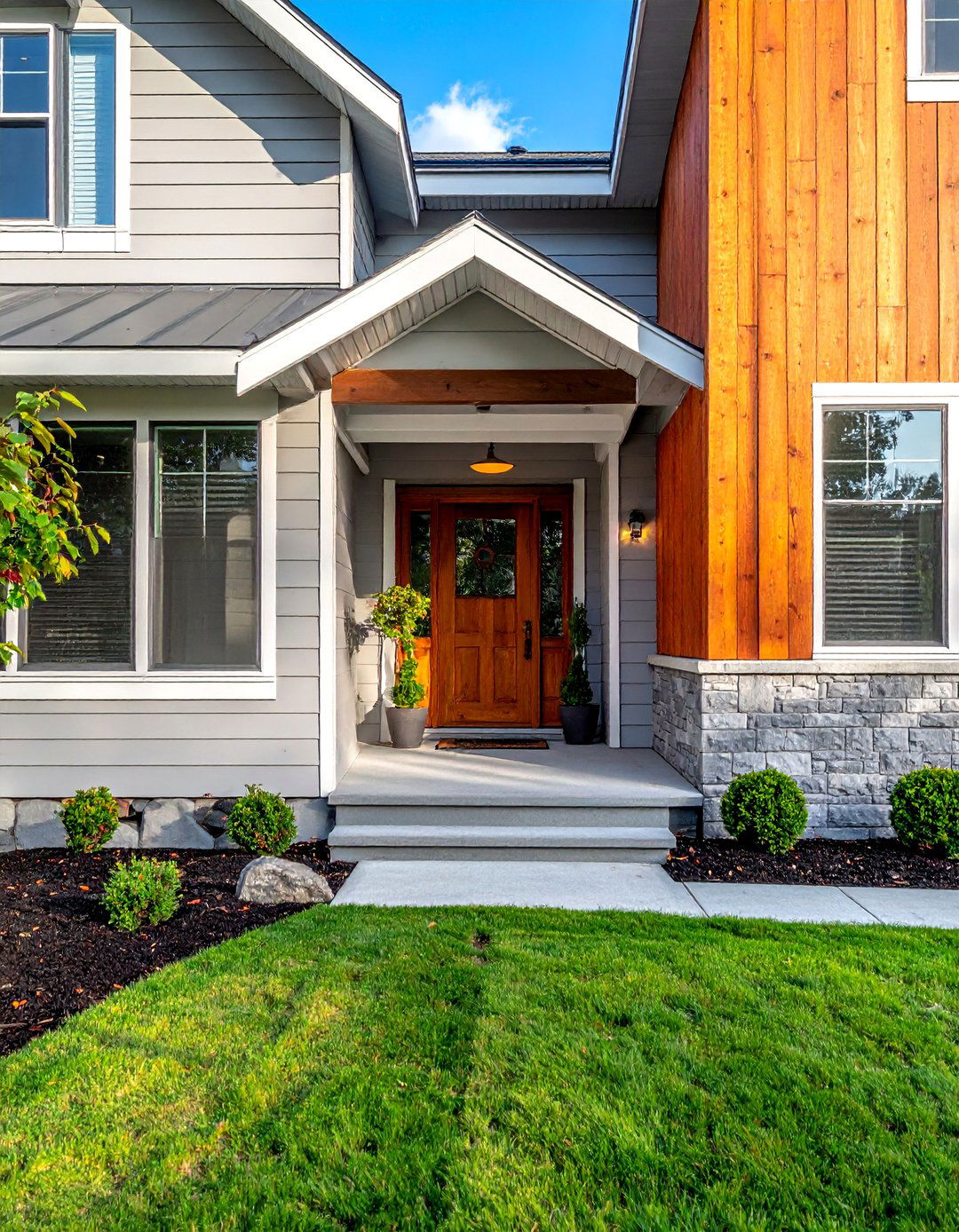
Create a grand and inviting entrance by using a two-tone siding design to frame the front door area. By applying a different color, texture, or orientation of siding around the entryway, you can establish it as a distinct and welcoming focal point. For a house with light gray horizontal siding, consider an accent of warm, wood-look vertical siding around the door and front porch. This not only draws the eye but also adds a touch of natural warmth. This design choice effectively signals the point of entry and adds significant architectural character, making the home feel more thoughtfully designed and impressive from the street.
7. Fiber Cement Panels and Horizontal Lap Siding
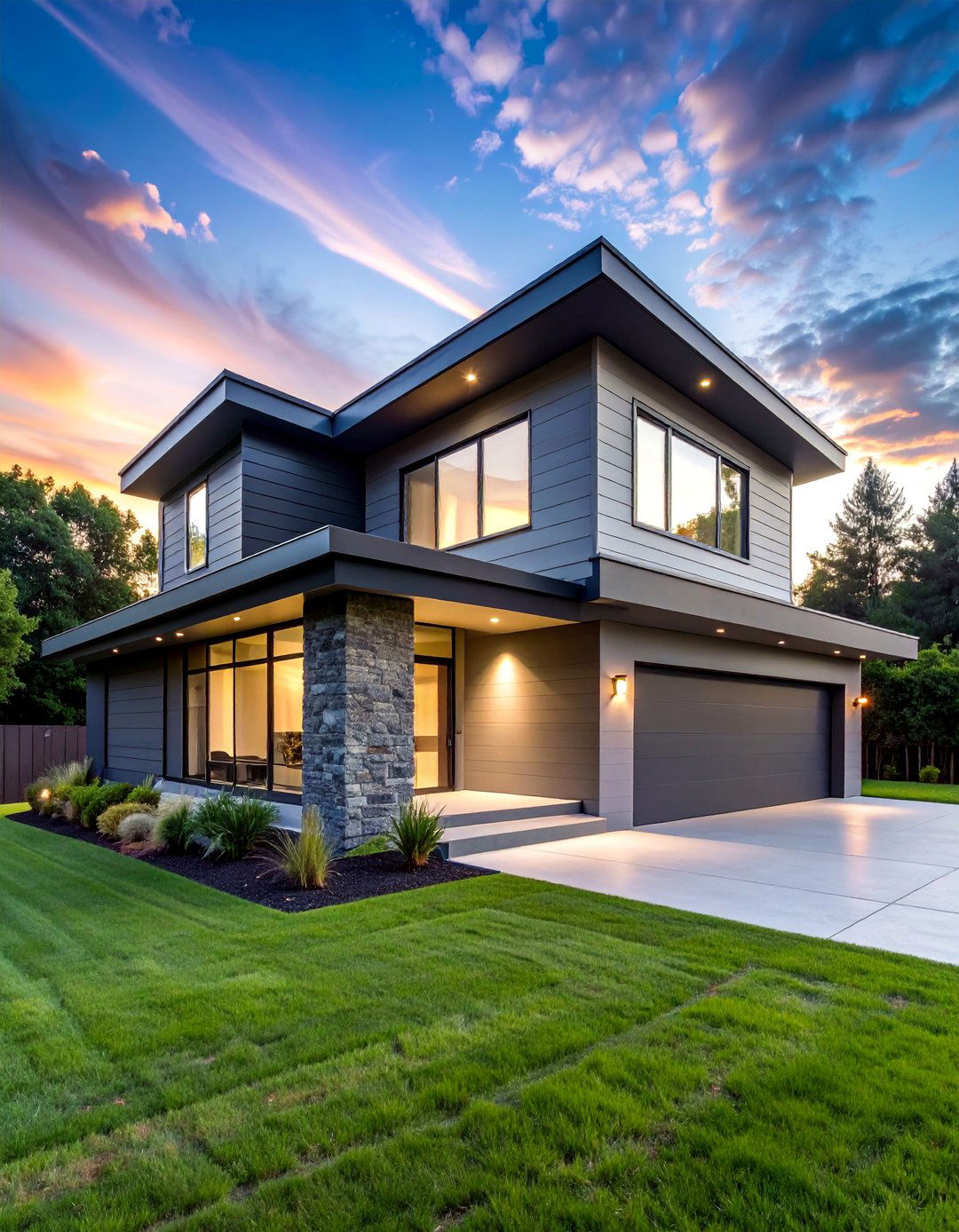
For an ultramodern aesthetic, combine sleek, large-format fiber cement panels with traditional horizontal lap siding. This two-tone siding design leverages both texture and form to create a clean, contemporary look. Use the smooth, flat panels on a prominent section of the home, such as a projecting front facade or an upper story, painted in a dark, matte finish like charcoal or black. Juxtapose this with narrow horizontal lap siding in a crisp white or light gray on the remaining walls. The sharp contrast between the industrial feel of the panels and the classic lines of the lap siding produces a sophisticated, high-impact exterior.
8. Monochromatic Siding with Different Orientations
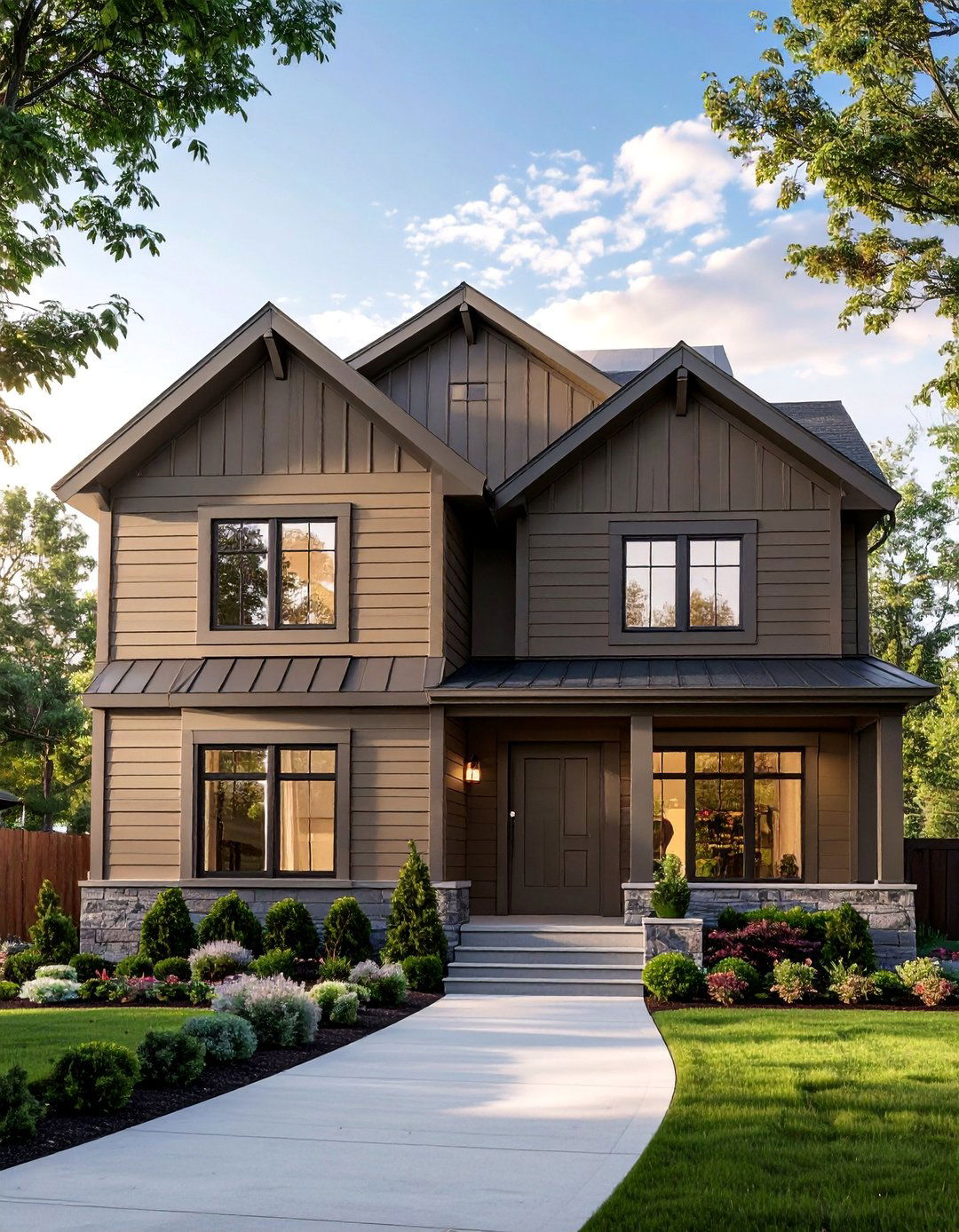
A two-tone siding design doesn't always require two different colors. A subtle yet highly effective approach is to use a single color but vary the siding orientation. For example, clad the majority of the house in standard horizontal lap siding, then use vertical board and batten siding on accent areas like gables or around a bank of windows. Painted in the same cohesive color, the difference in shadow lines created by the different orientations provides texture and visual interest without overwhelming the senses. This monochromatic scheme results in a sophisticated, elegant exterior that feels cohesive and architecturally detailed.
9. Bold Color Block Siding Design
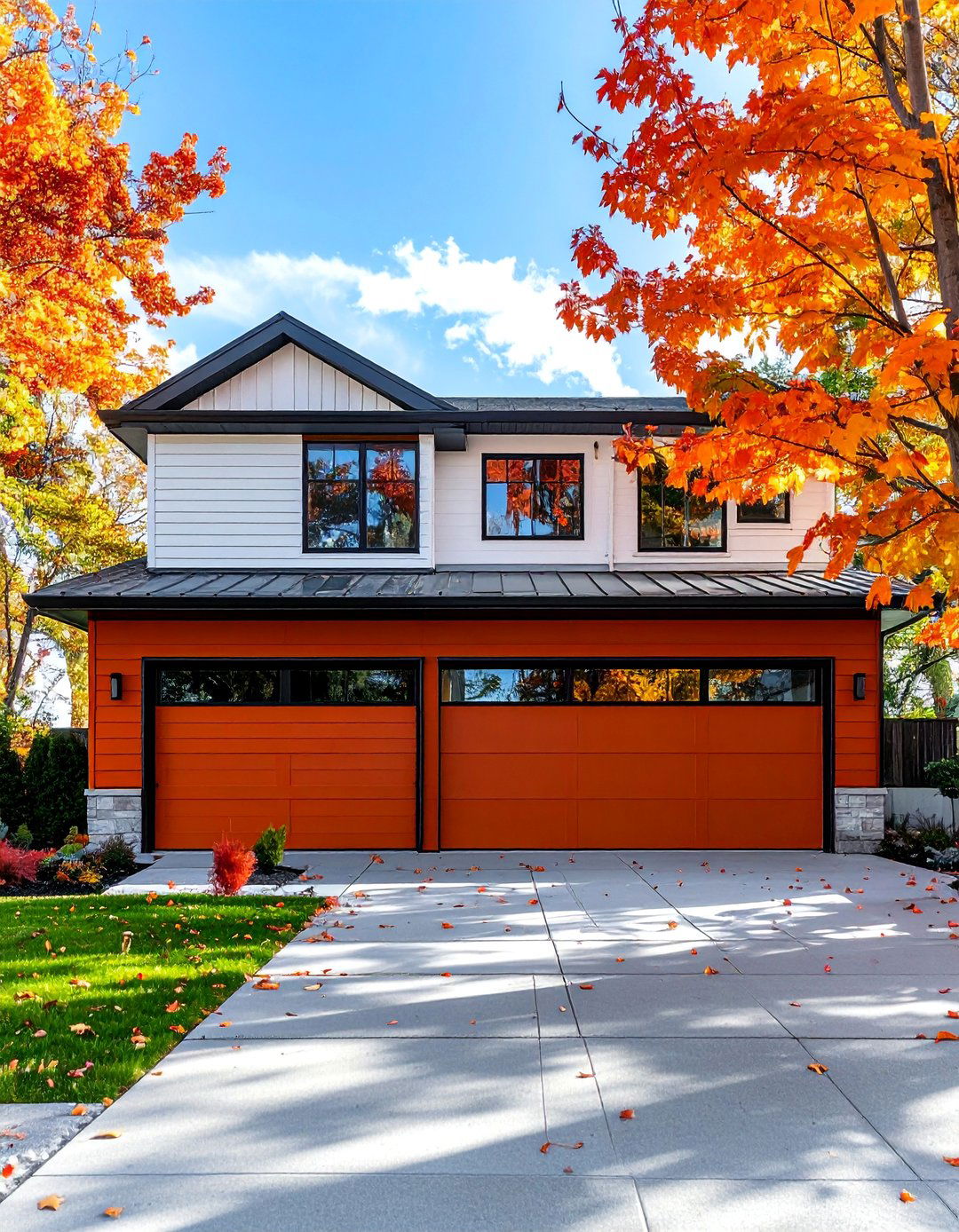
Make a confident statement with a bold color block siding design, a technique borrowed from modern art and graphic design. This involves using two or more distinct, often contrasting, colors to define large geometric sections of the home's exterior. One approach is to paint a prominent architectural volume, like a garage or a second-story addition, in a vibrant hue like cobalt blue or burnt orange, while keeping the rest of the house in a neutral white or gray. This two-tone siding application is perfect for contemporary or minimalist homes, transforming the structure into a piece of livable art and ensuring it captures attention.
10. Natural Wood Accents on Painted Siding
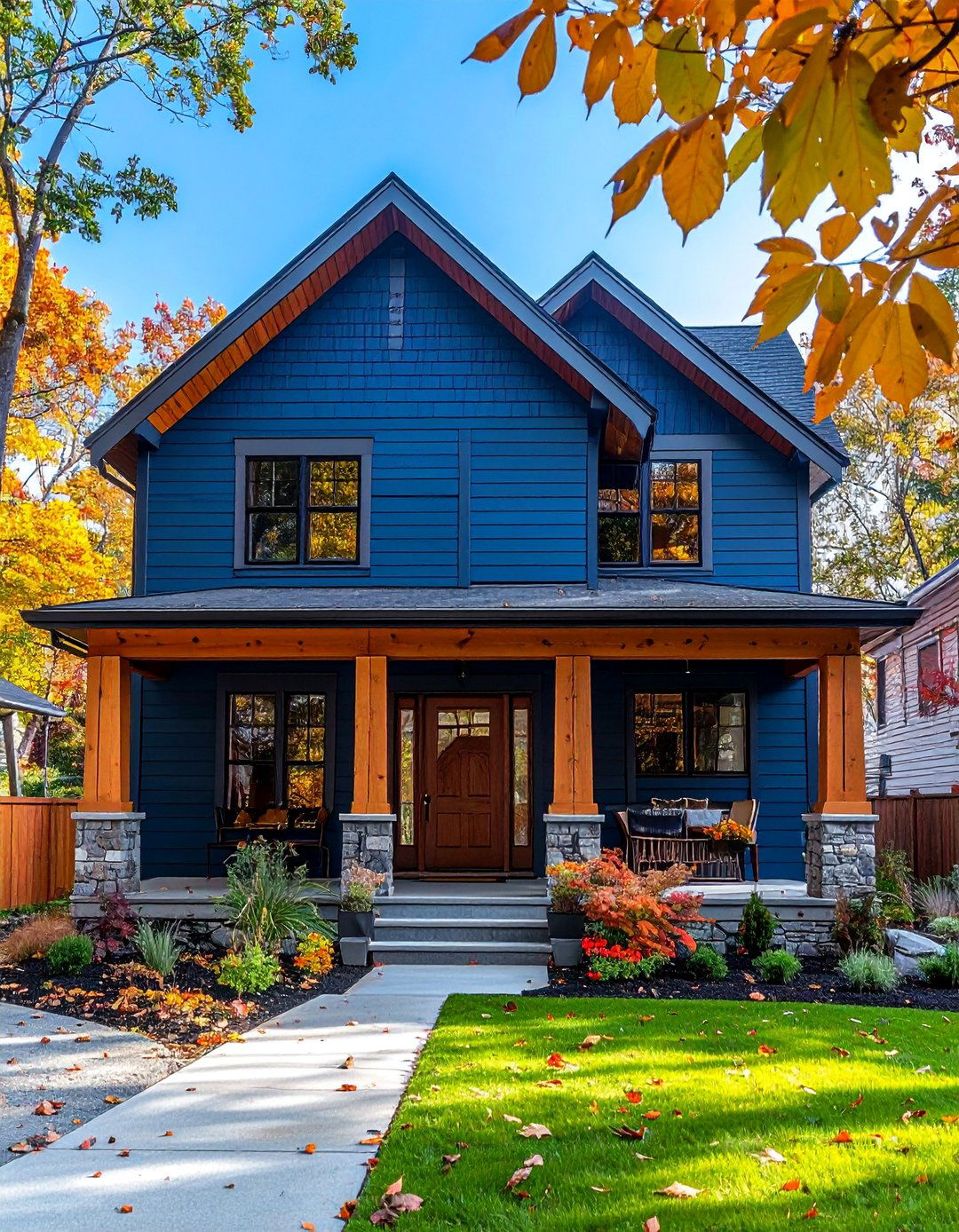
Bringing warmth and organic texture to your home's exterior, the combination of natural wood accents with painted siding is a perennially popular two-tone design. Use a classic painted siding, such as deep blue or dark green horizontal planks, for the main body of the house. Then, introduce natural cedar or redwood siding in specific areas like porch ceilings, under eaves, or as an accent wall near the entrance. The rich tones and grain of the wood provide a beautiful contrast against the solid color, creating a look that is both modern and rustic, welcoming and sophisticated, perfectly blending man-made and natural elements.
11. Contrasting Garage Siding Design
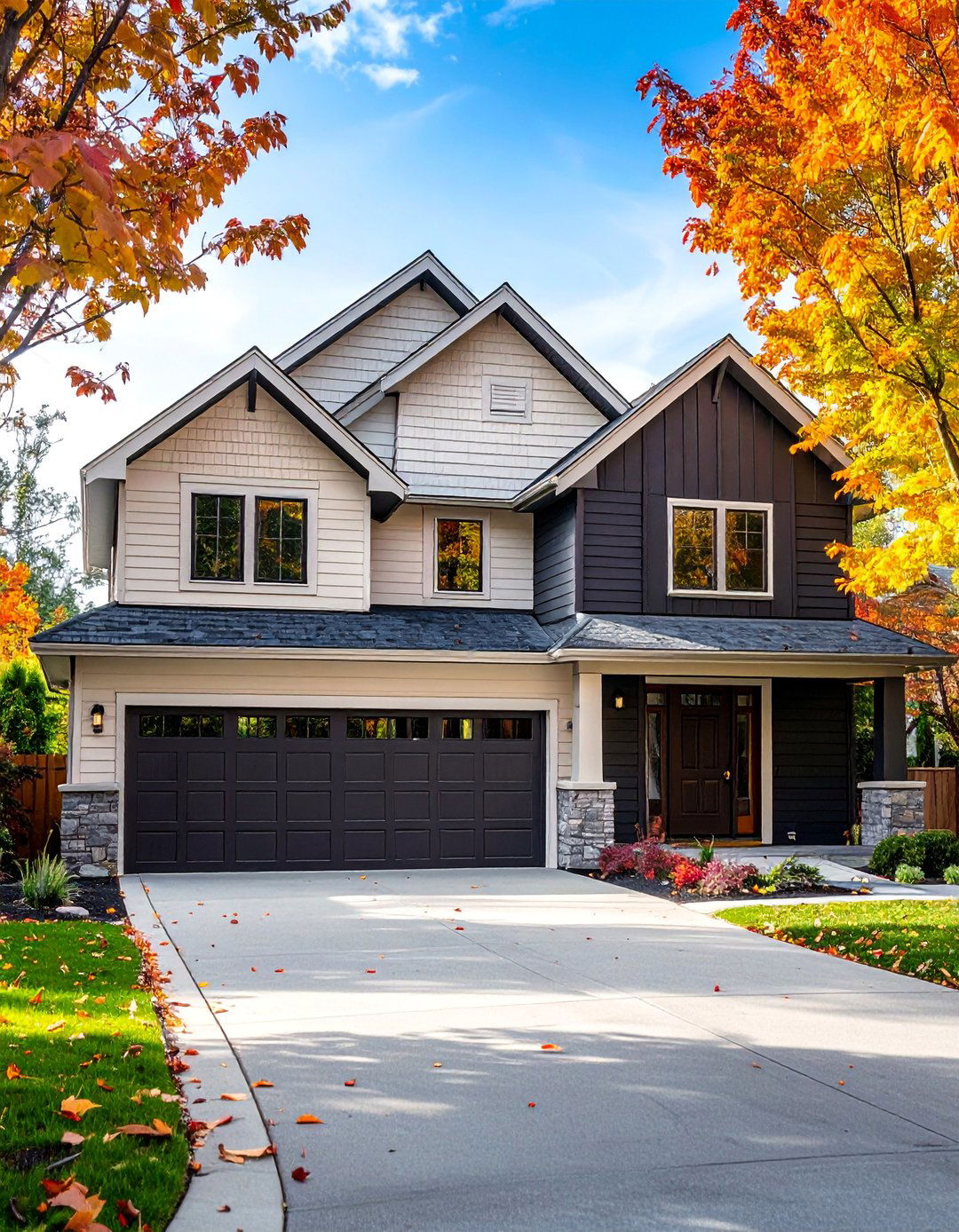
Often, the garage is a dominant feature of a home's facade. A two-tone siding design can integrate it more gracefully or turn it into a stylish accent. To help the garage recede, you can clad it in a darker shade of the main house color. Conversely, to make it a deliberate design element, use a completely different siding style or color. For a home with light gray lap siding, consider using dark vertical siding on the garage portion. This not only adds visual variety but also helps to break up the mass of the facade, creating a more balanced and custom look for your home's exterior.
12. Two-Tone Siding for a Split-Level Home
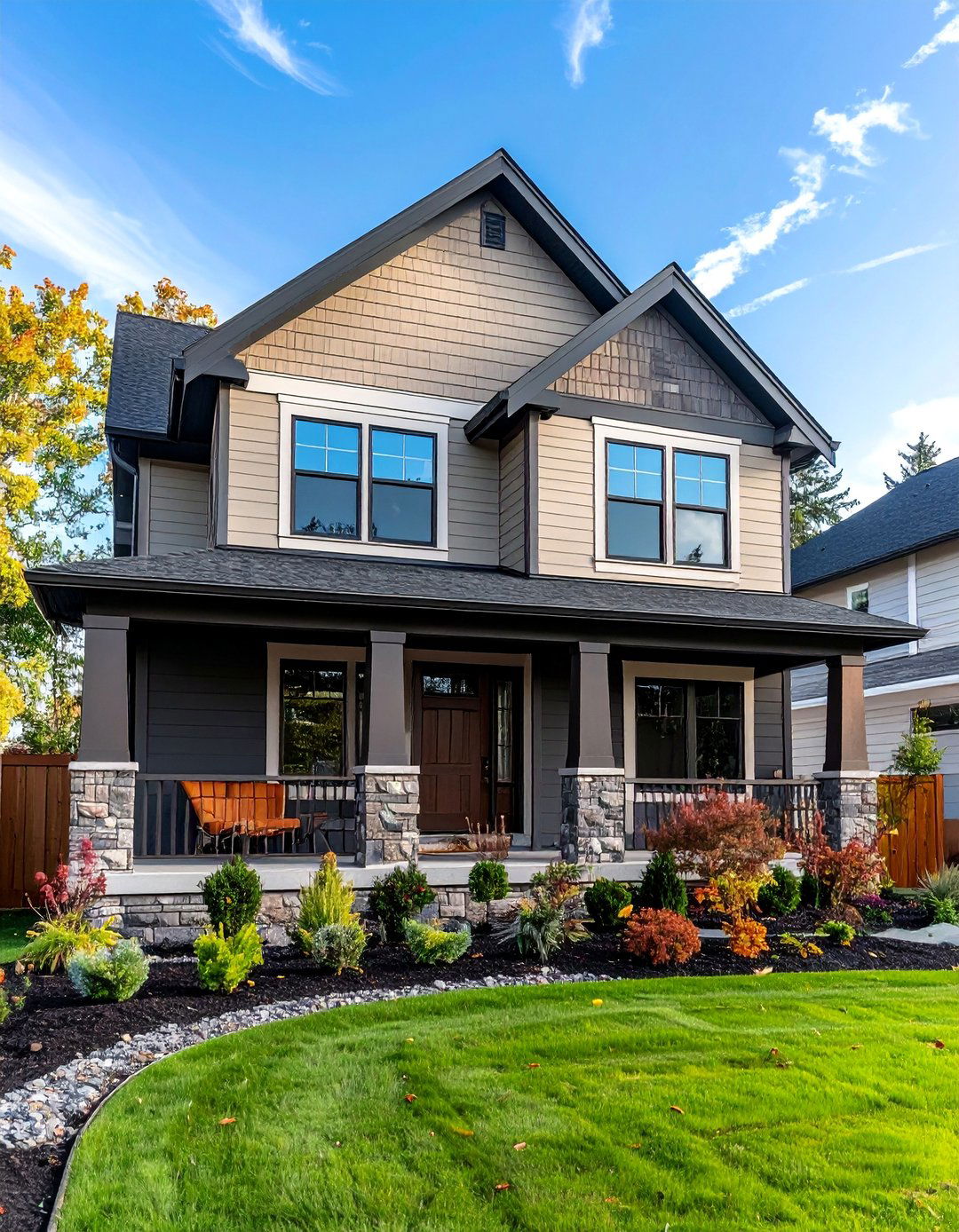
Split-level homes have unique architecture that is perfectly suited for a two-tone siding design. Using different colors or materials can help define the distinct levels and add visual harmony to the staggered facade. A common strategy is to use a heavier, darker material like stone or a dark-colored horizontal siding on the lower, more prominent level to ground the home. The upper, set-back level can then be finished in a lighter color or a different siding style, such as board and batten. This approach clarifies the home's lines, enhances its modernist roots, and adds a great deal of curb appeal.
13. Siding with a Brick Wainscoting Accent
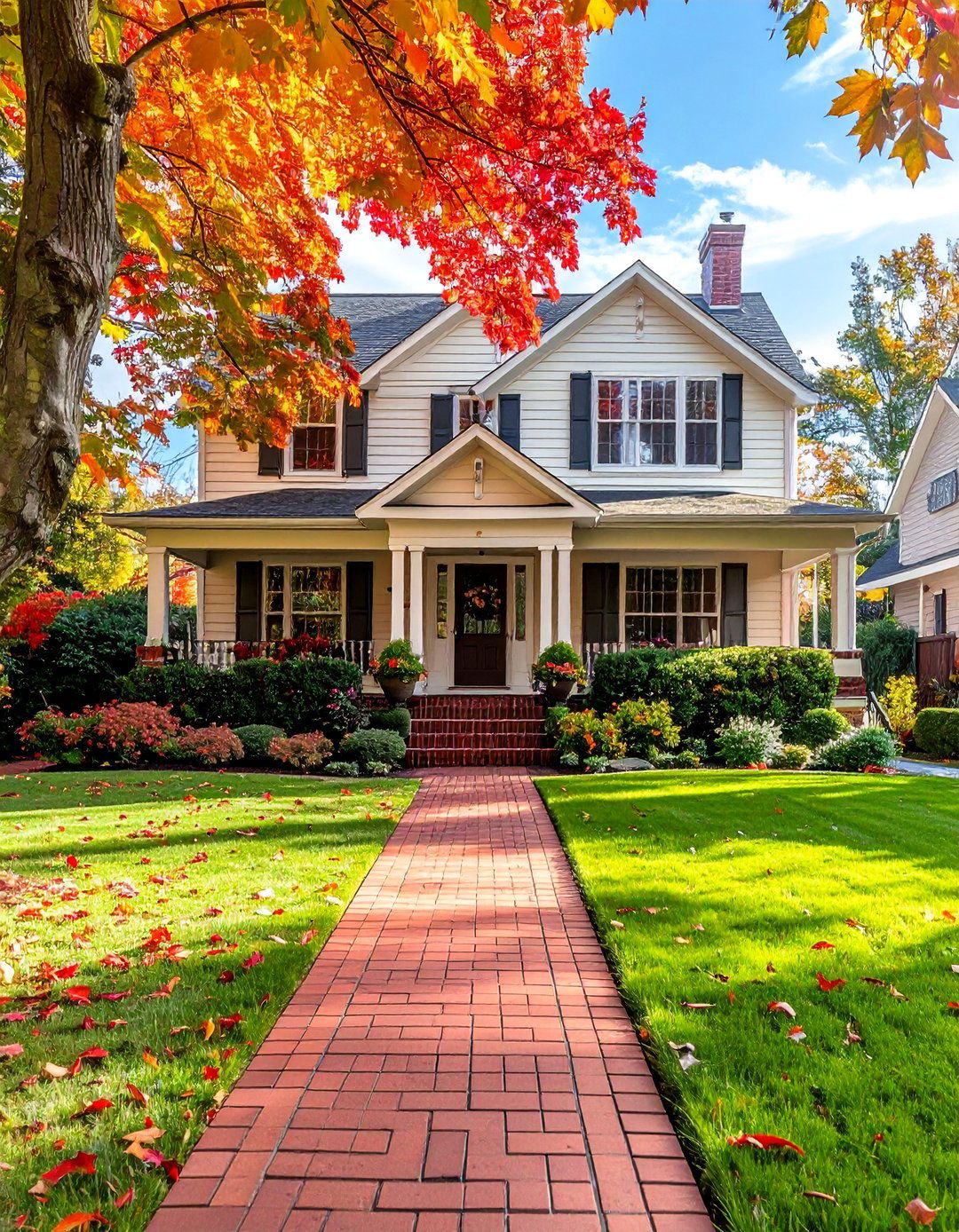
Combining siding with a classic brick wainscoting creates a timeless two-tone look that exudes quality and tradition. The lower portion of the exterior walls is covered with a rich, textured brick, providing a durable and visually solid base. Above this, a contrasting siding material, such as vinyl or fiber cement in a complementary color like cream, taupe, or light gray, completes the look. This design is highly versatile and works well with Colonial, Tudor, and ranch-style homes. The interplay between the classic brick and the clean lines of the siding adds elegance and a sense of established permanence to the property.
14. Asymmetrical Siding Color Placement
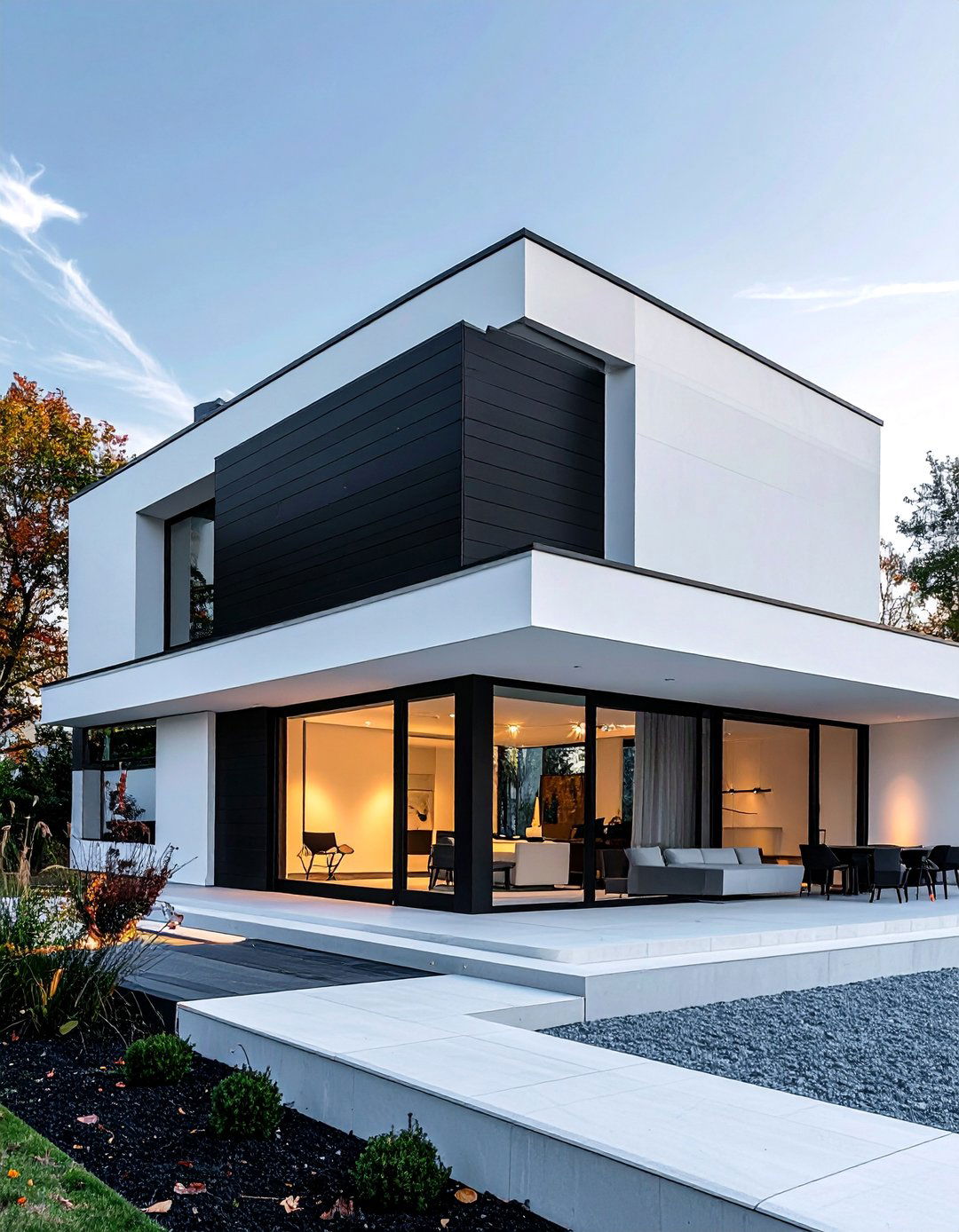
For a truly unique and artistic exterior, consider an asymmetrical two-tone siding design. Instead of balancing colors evenly, this approach involves placing a block of contrasting color or material off-center to create a dynamic focal point. Imagine a predominantly white modern home where one section of the facade, from foundation to roofline, is clad in bold, black vertical siding. This deliberate imbalance draws the eye and highlights the home's geometric form. It’s a daring choice that breaks from traditional design rules, ideal for contemporary architecture where the goal is to create a memorable and visually stimulating impression.
15. Tone-on-Tone Siding with Varying Shades
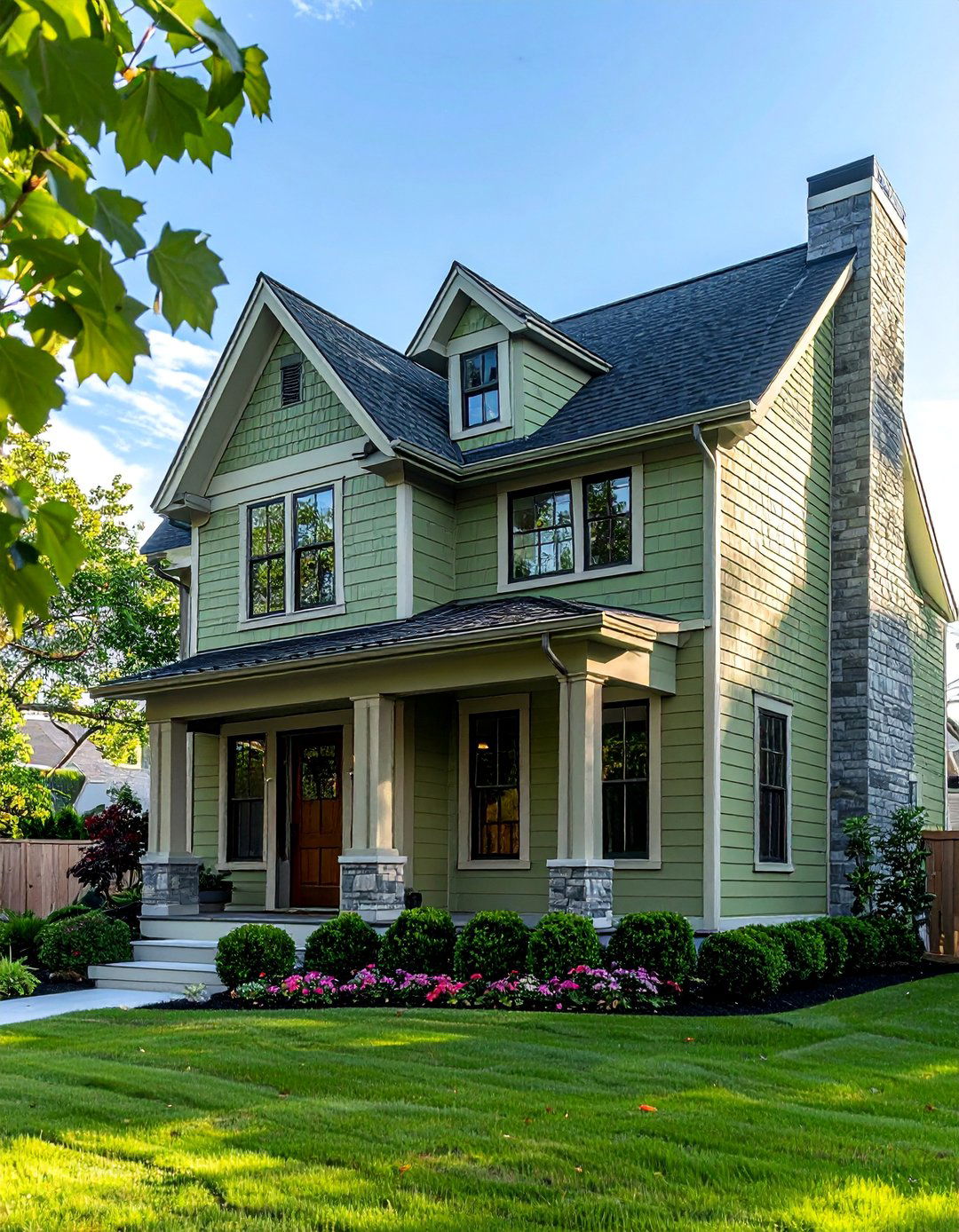
For a subtle and sophisticated two-tone effect, select two shades from the same color family. This tone-on-tone approach creates a gentle contrast that adds depth without being jarring. You could use a soft sage green for the main body of the house and a slightly deeper olive green for accent areas like dormers or the trim around a bay window. This technique works beautifully to highlight architectural details in a refined way. The result is a cohesive, elegant exterior that feels layered and thoughtfully curated, providing a nuanced look that is both calming and visually interesting to the observer.
16. Black Siding with Natural Wood Soffits
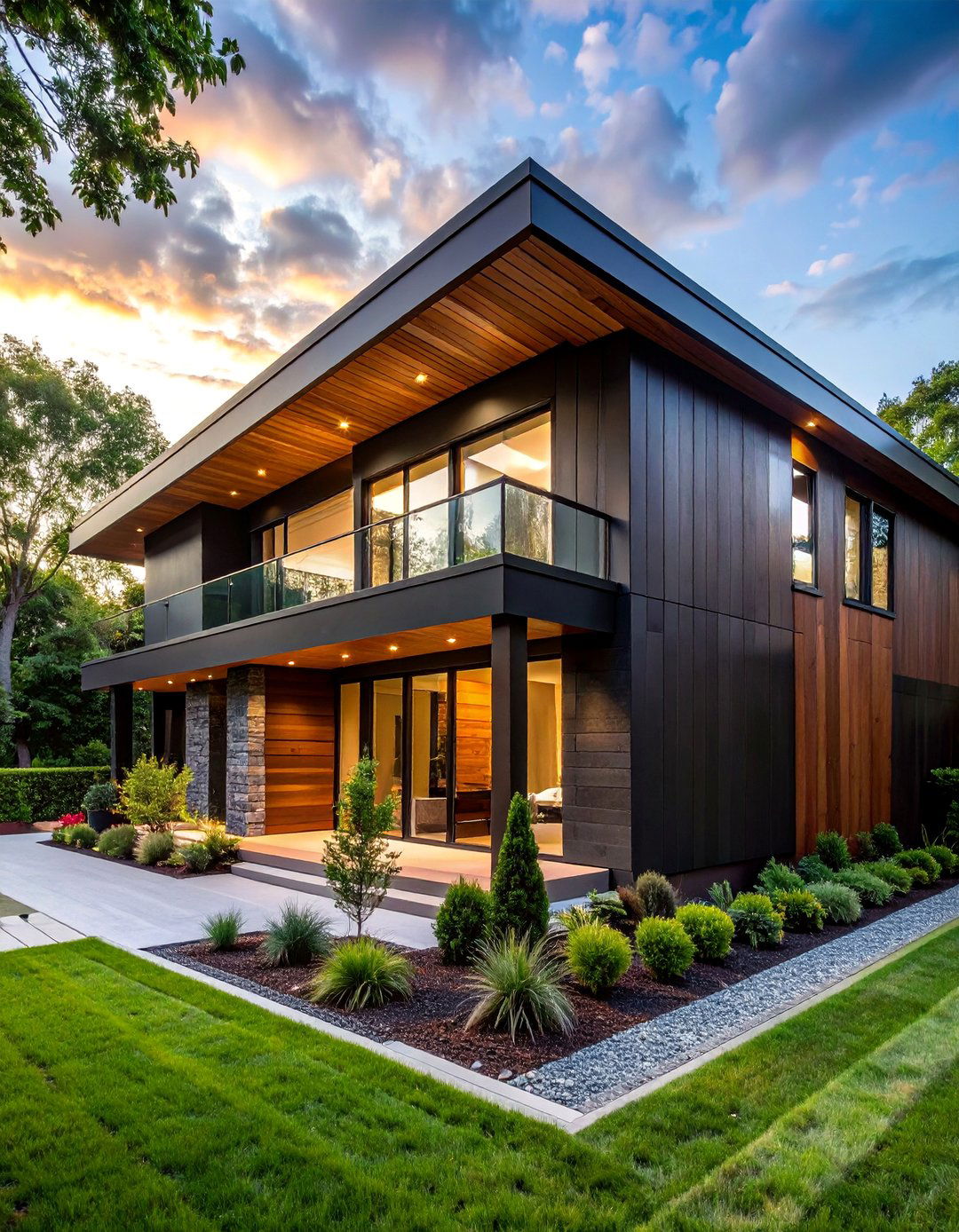
A modern and high-contrast two-tone design pairs dramatic black siding with the natural warmth of wood soffits and eaves. Using black or charcoal vertical siding across the entire home creates a sleek, monolithic, and powerful statement. To soften this boldness and add an organic touch, install natural wood tongue-and-groove planks on the underside of all roof overhangs and porch ceilings. The warm, golden tones of the wood create a stunning visual contrast against the dark siding, drawing the eye upward and highlighting the home’s roofline. This combination feels luxurious, contemporary, and deeply connected to modern design principles.
17. Siding with Corrugated Metal Panel Accents
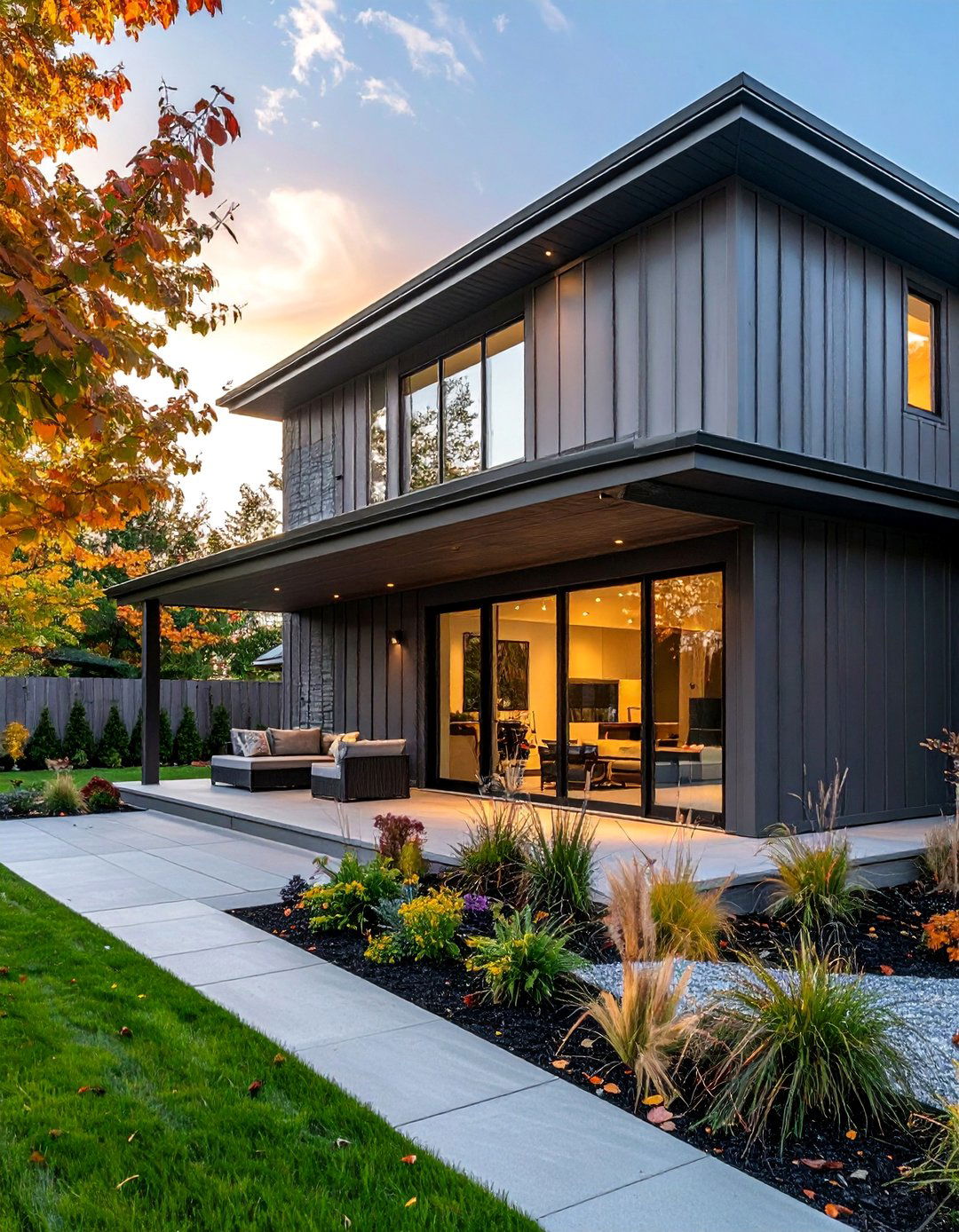
Introduce an industrial-chic vibe to your home’s exterior by pairing traditional siding with corrugated metal panel accents. This two-tone design creates a compelling textural and material contrast. For example, use smooth, gray fiber cement lap siding on the majority of the house and install vertical corrugated metal panels on a feature wall, such as the area around the garage or as a section of a covered porch. The rigid, linear pattern of the metal offers a raw, modern edge that is beautifully balanced by the classic siding, resulting in a unique aesthetic that is both rugged and stylish.
18. Two-Tone Siding Separated by a Belly Band
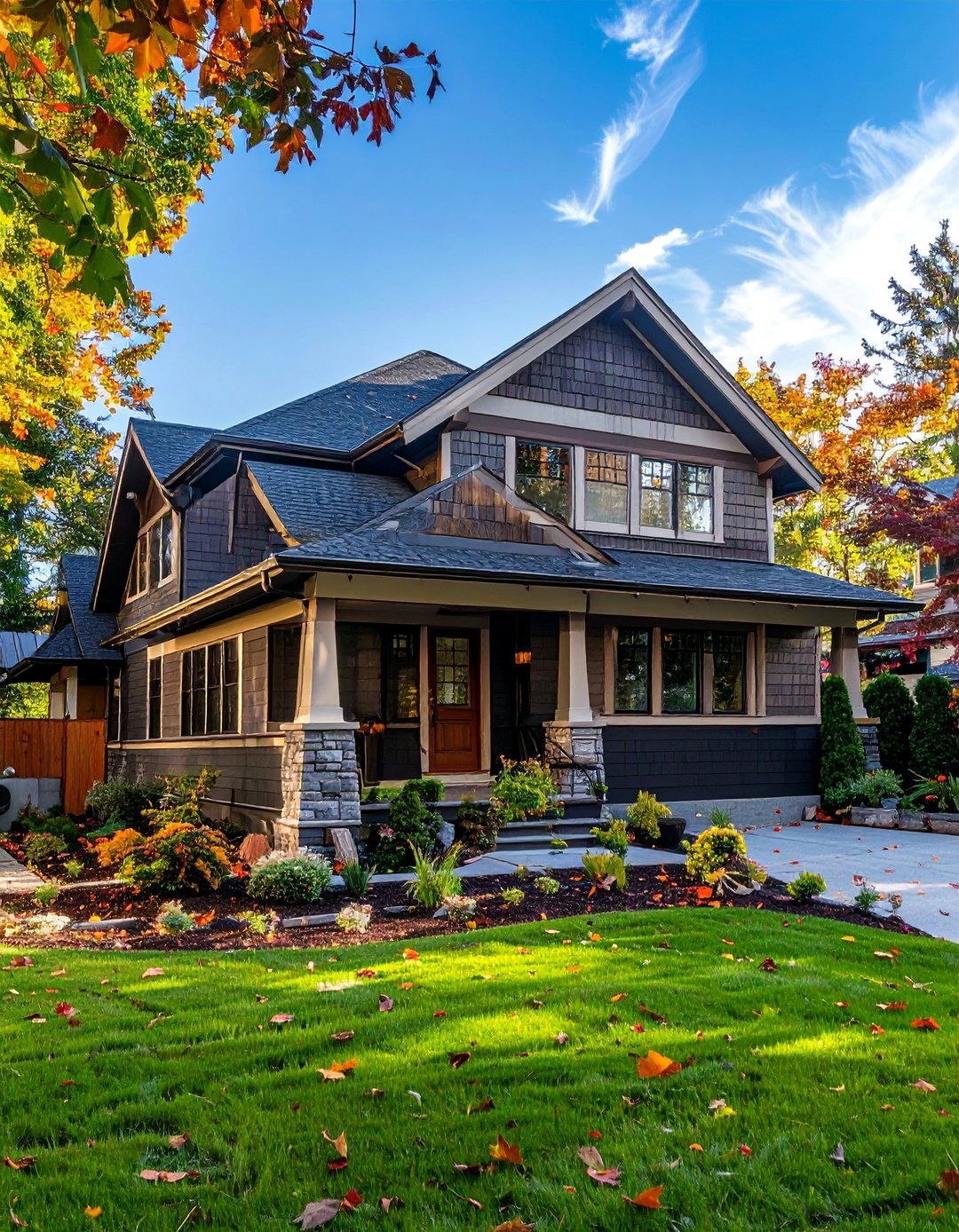
A belly band, a thick piece of horizontal trim, is a perfect architectural element for separating two different siding styles or colors. This creates a clear, intentional division in a two-tone siding design. Below the band, you might use a traditional material like stone veneer or a darker colored lap siding. Above the band, a lighter color or a different texture, such as shake siding, can be applied. This technique is especially popular in Craftsman and Victorian architecture, where it helps to break up tall walls, add decorative detail, and create a visually pleasing proportion for the home's facade.
19. White Board and Batten with Black Window Trim
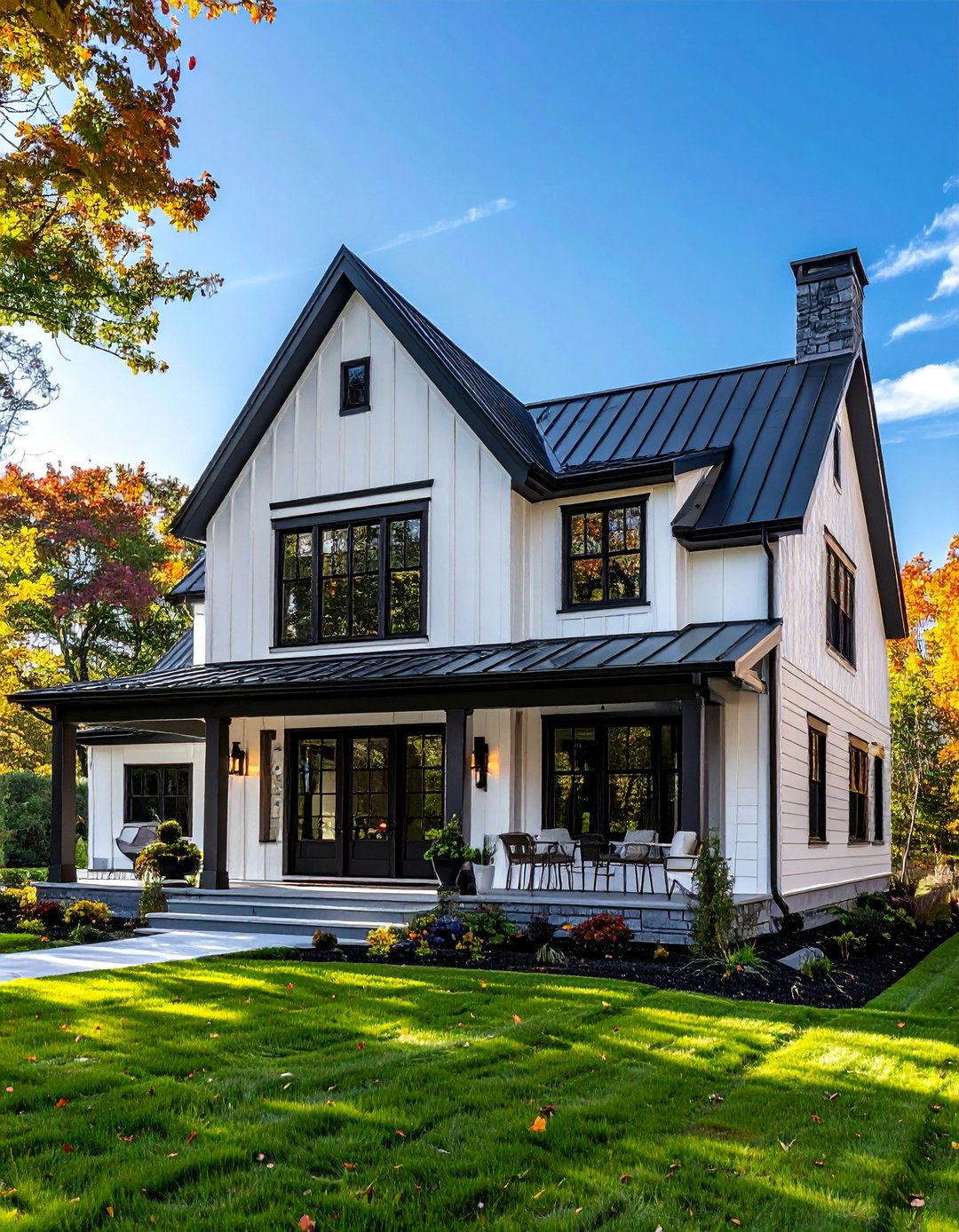
While not strictly a siding-only design, combining white board and batten siding with bold black window trim creates a striking two-tone effect that defines the modern farmhouse style. The crisp, clean vertical lines of the white siding provide a bright and fresh canvas. The high-contrast black trim around the windows and doors acts as a powerful graphic element, outlining the home's openings and adding a sharp, contemporary edge. This popular combination is visually clean yet impactful, offering a timeless look that feels both classic and completely current, significantly boosting curb appeal with its simple, elegant palette.
20. Siding Color Matched to the Roofline
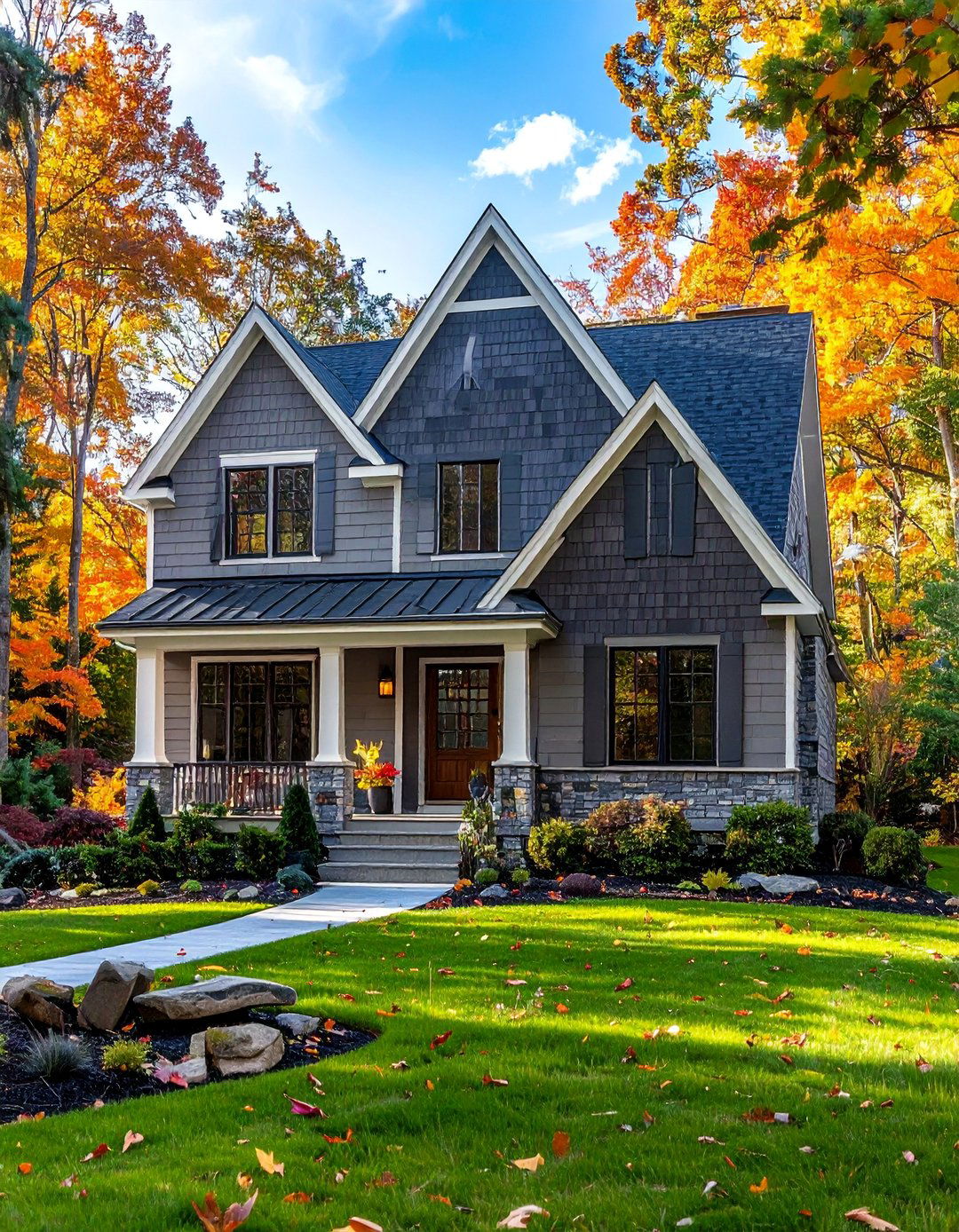
For a cohesive and harmonious two-tone siding design, select an accent siding color that is pulled directly from the tones in your roofing material. If your home has asphalt shingles with variegated shades of gray and charcoal, using a deep charcoal shake siding in the gables will tie the entire exterior together. This creates a deliberate connection between the roof and the walls, making the overall design feel integrated and professionally planned. The main body of the house can then be a lighter, contrasting color, allowing the accent siding to perfectly bridge the gap between the two main surfaces.
Conclusion:
Ultimately, a two-tone siding design offers a versatile and impactful way to enhance your home's exterior. By thoughtfully combining colors, textures, and materials, you can highlight architectural strengths, create visual depth, and express a unique style. From the subtle elegance of a monochromatic scheme to the bold statement of color blocking, the possibilities are vast. The key is to choose a design that complements your home’s architectural style and creates a cohesive, welcoming facade. This strategic approach to siding is a guaranteed method to boost curb appeal and make your home stand out.

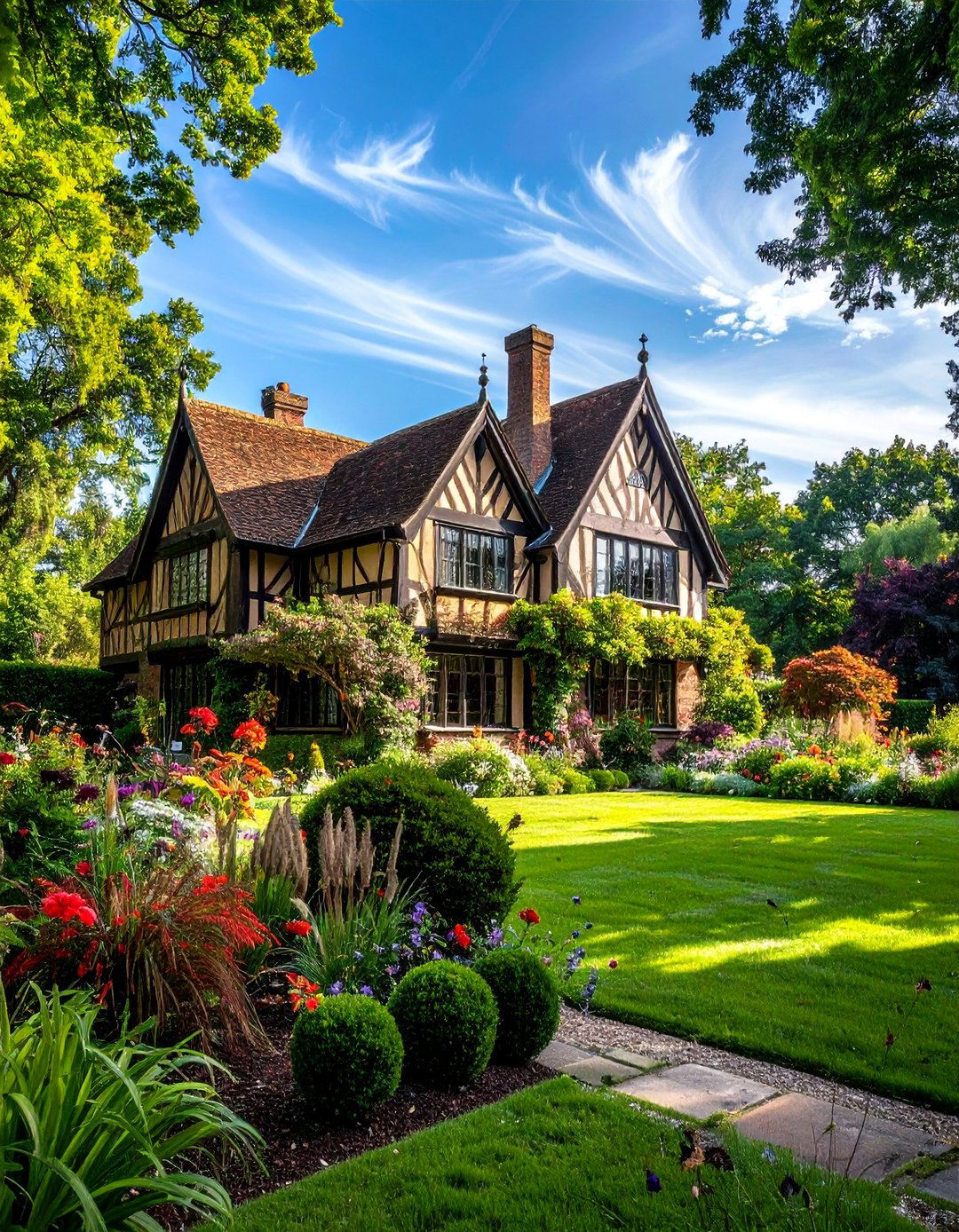
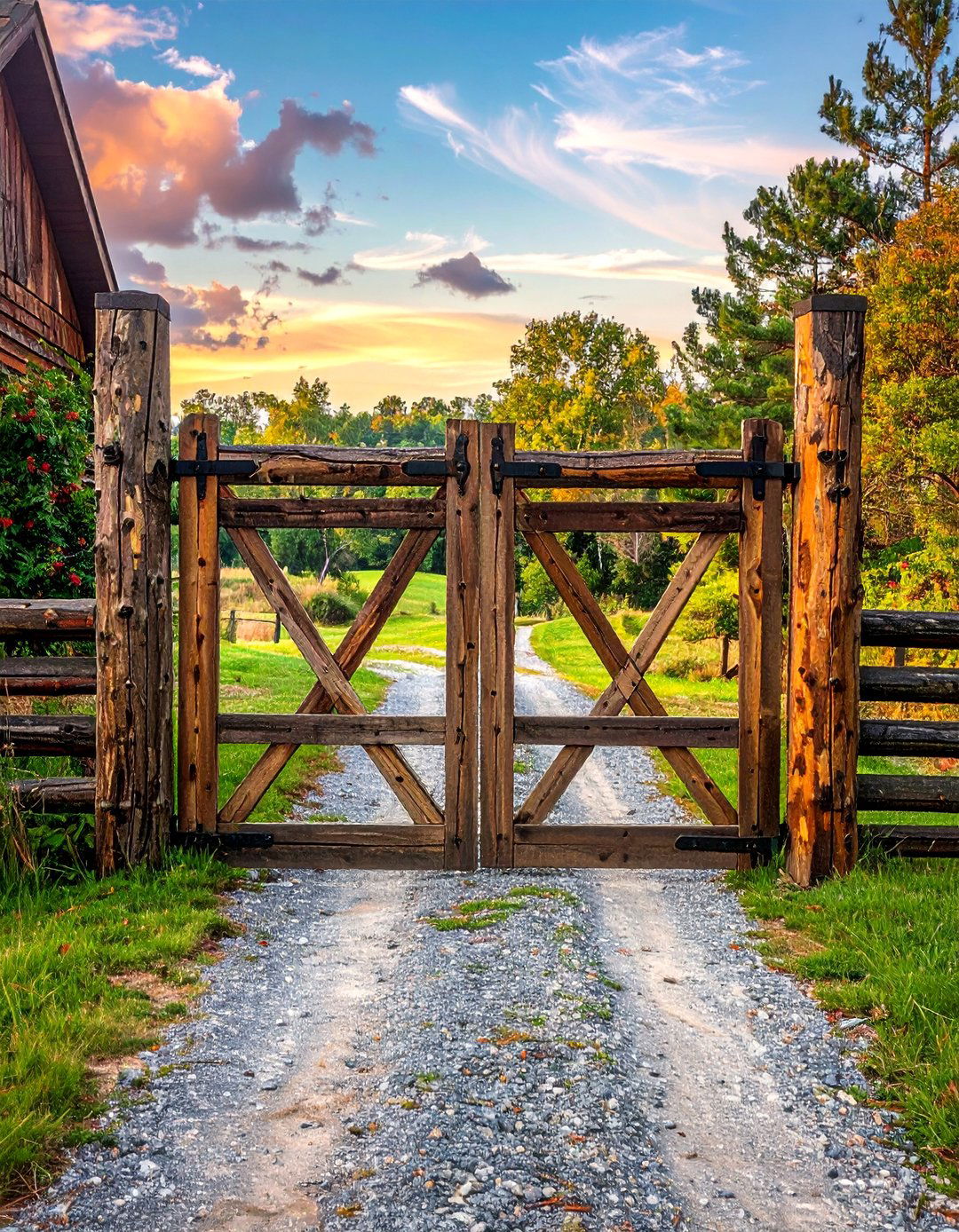
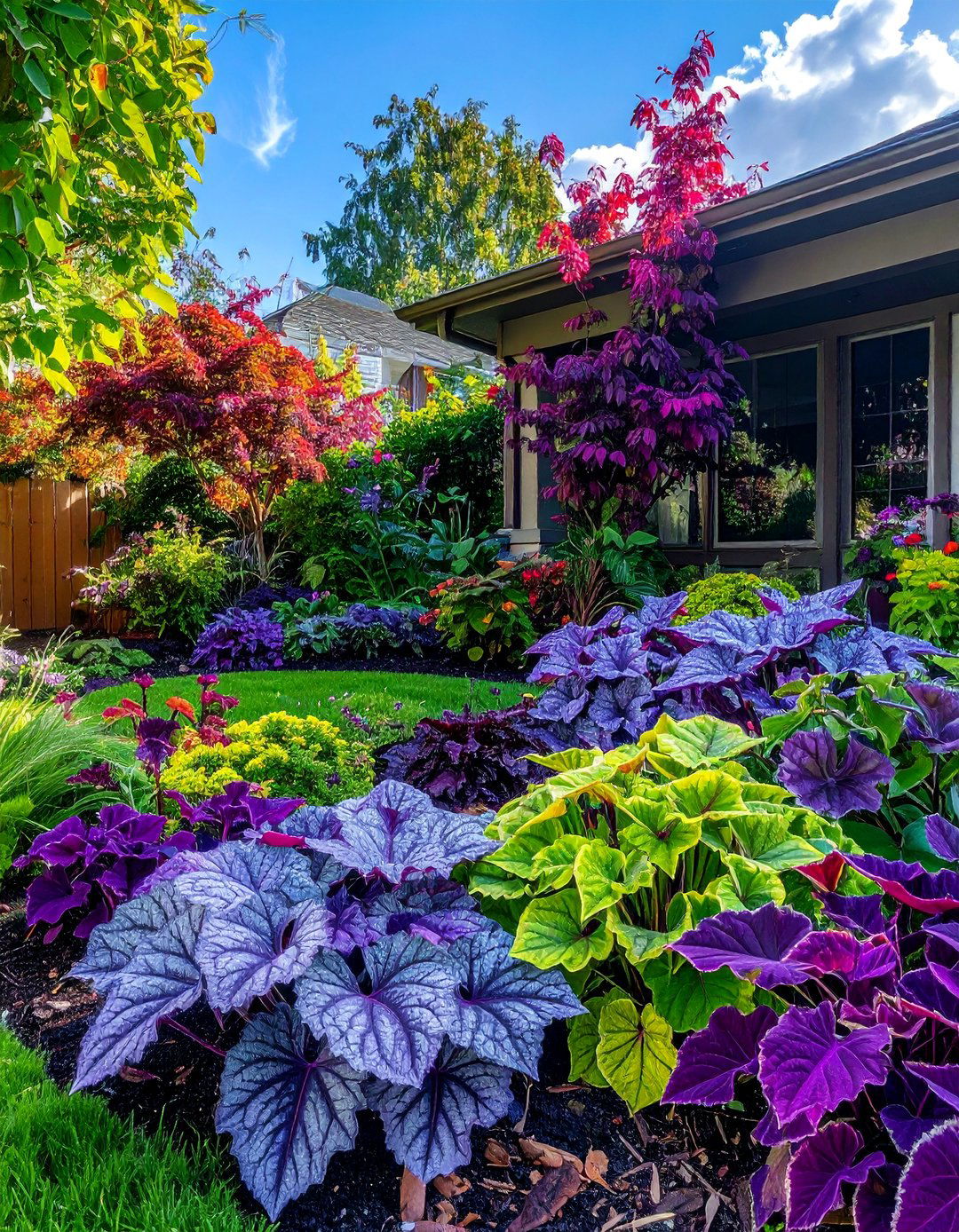
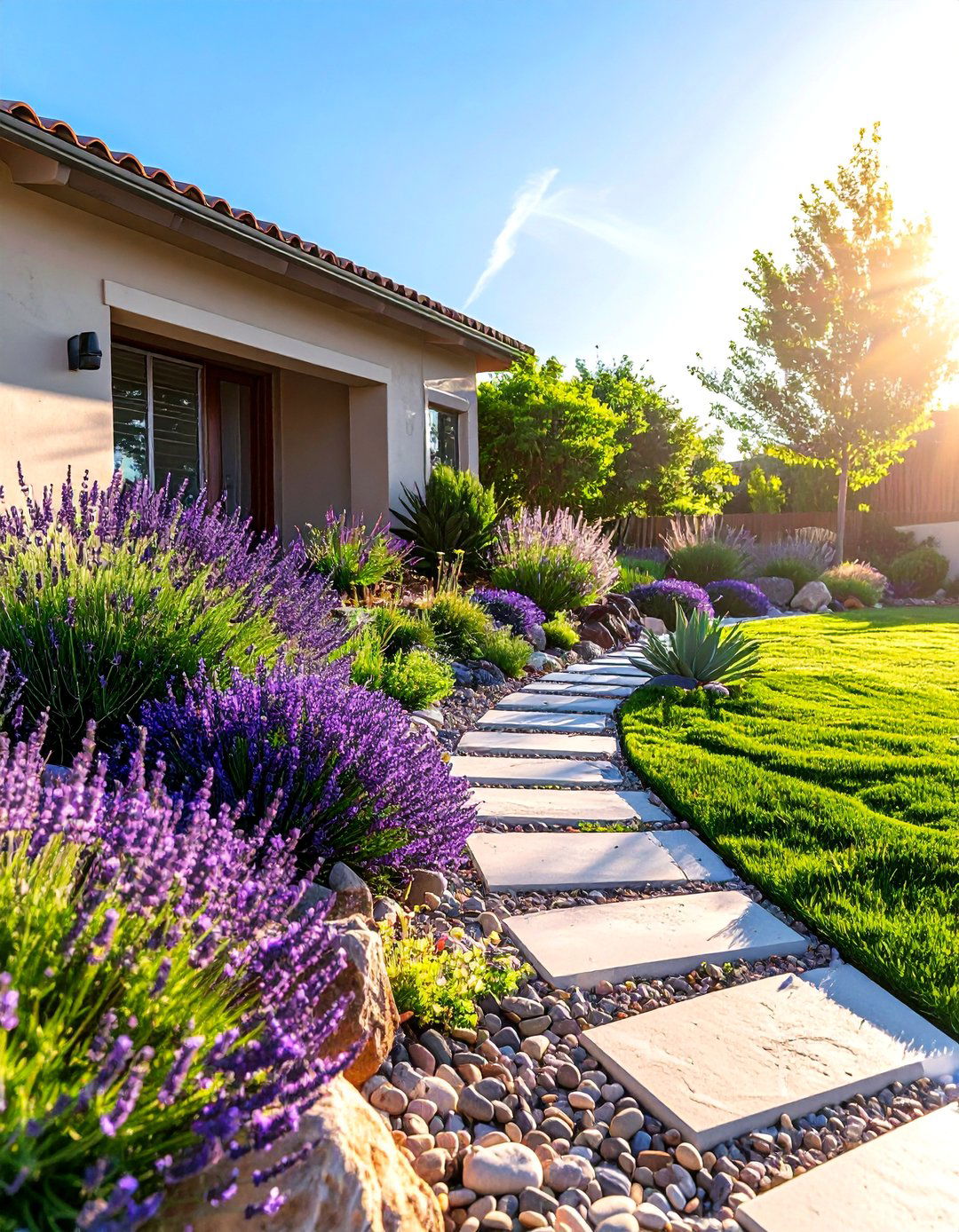
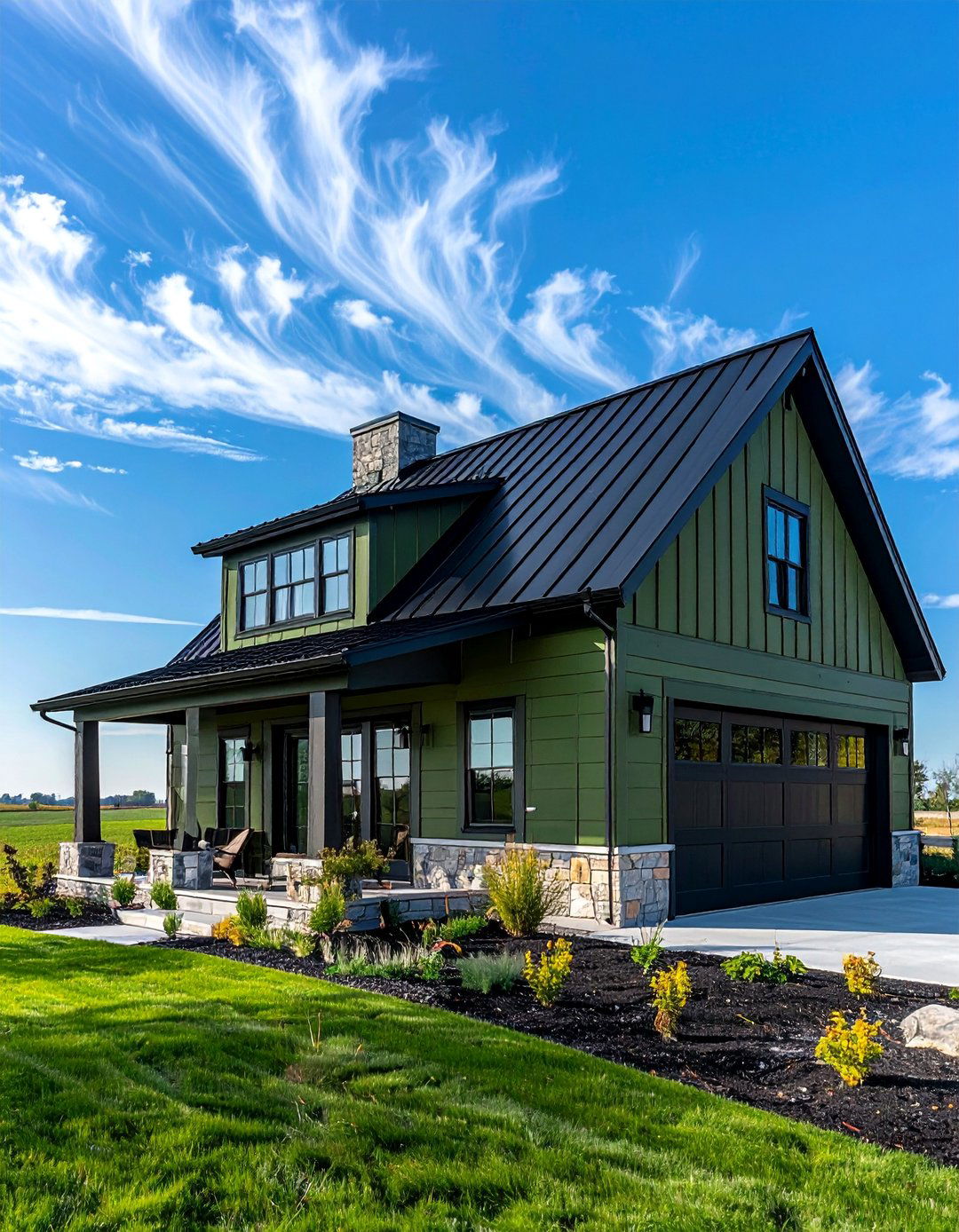
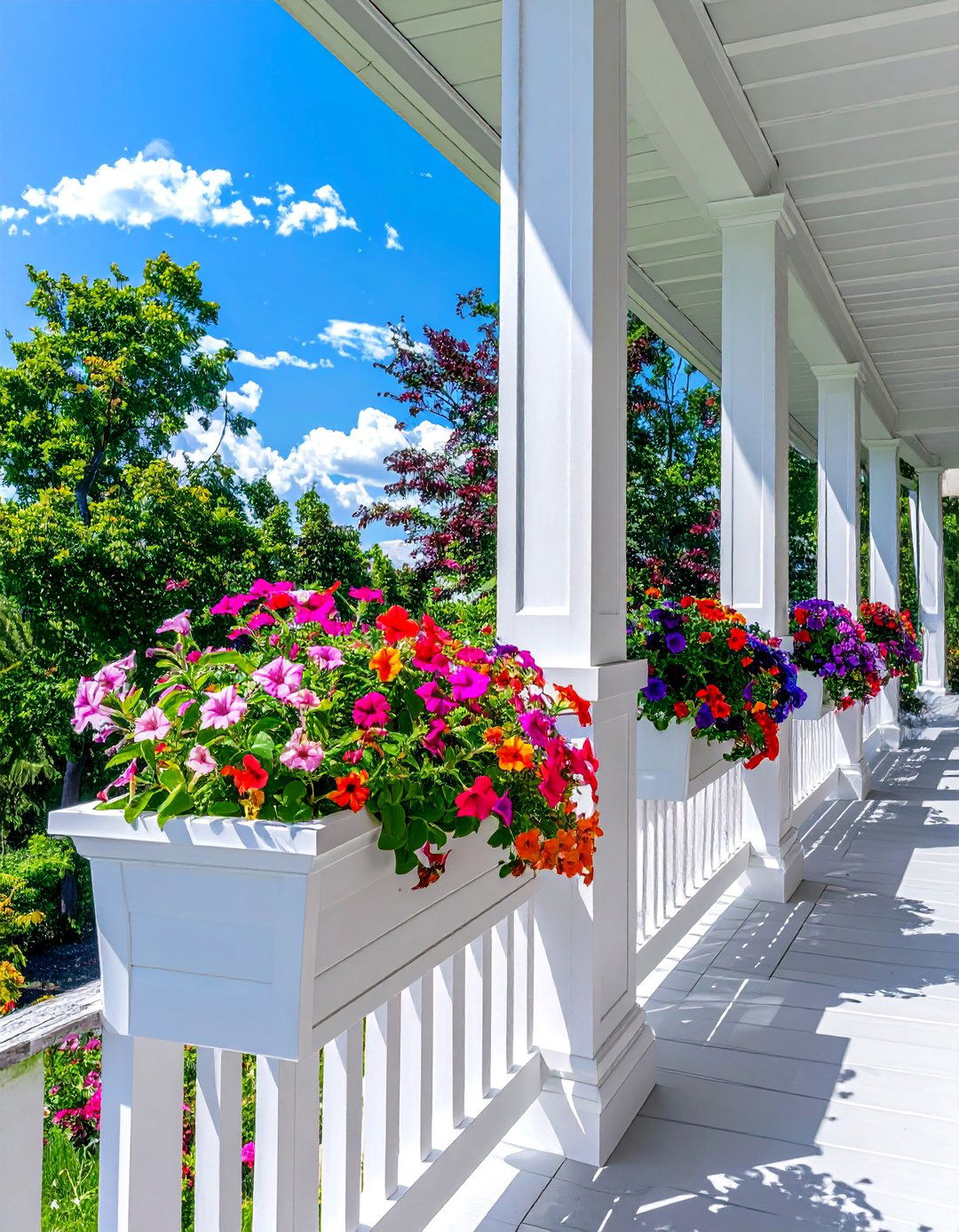
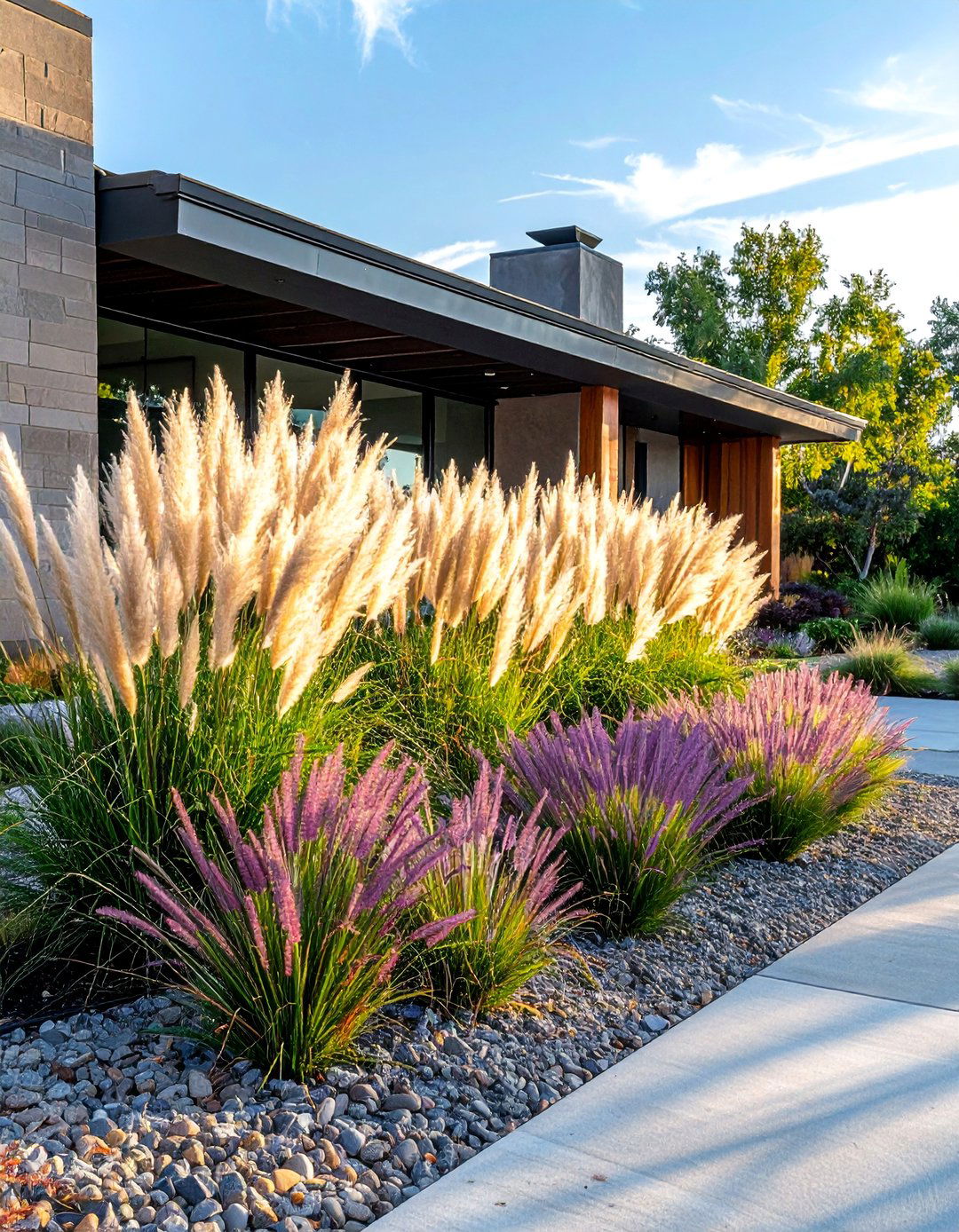
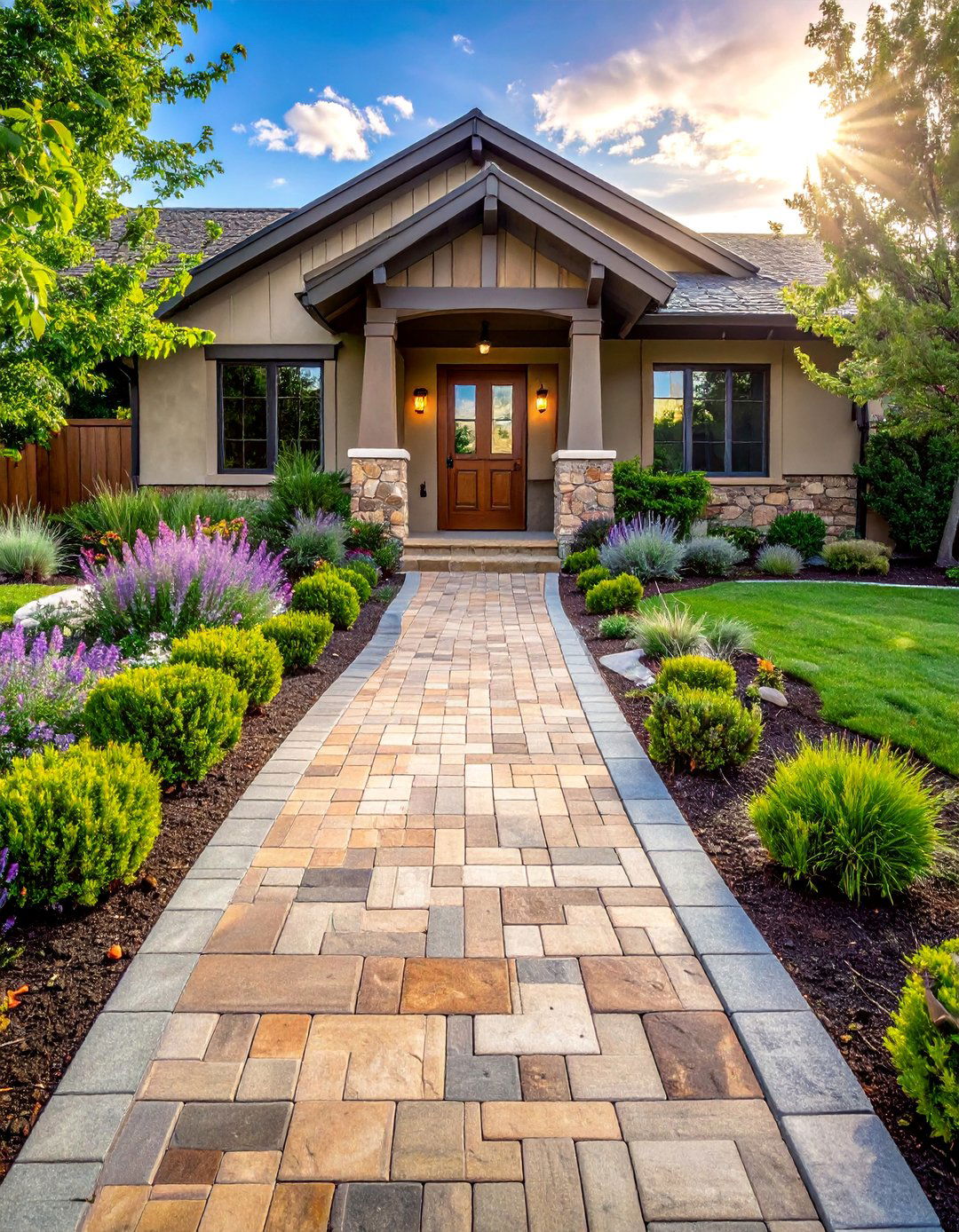
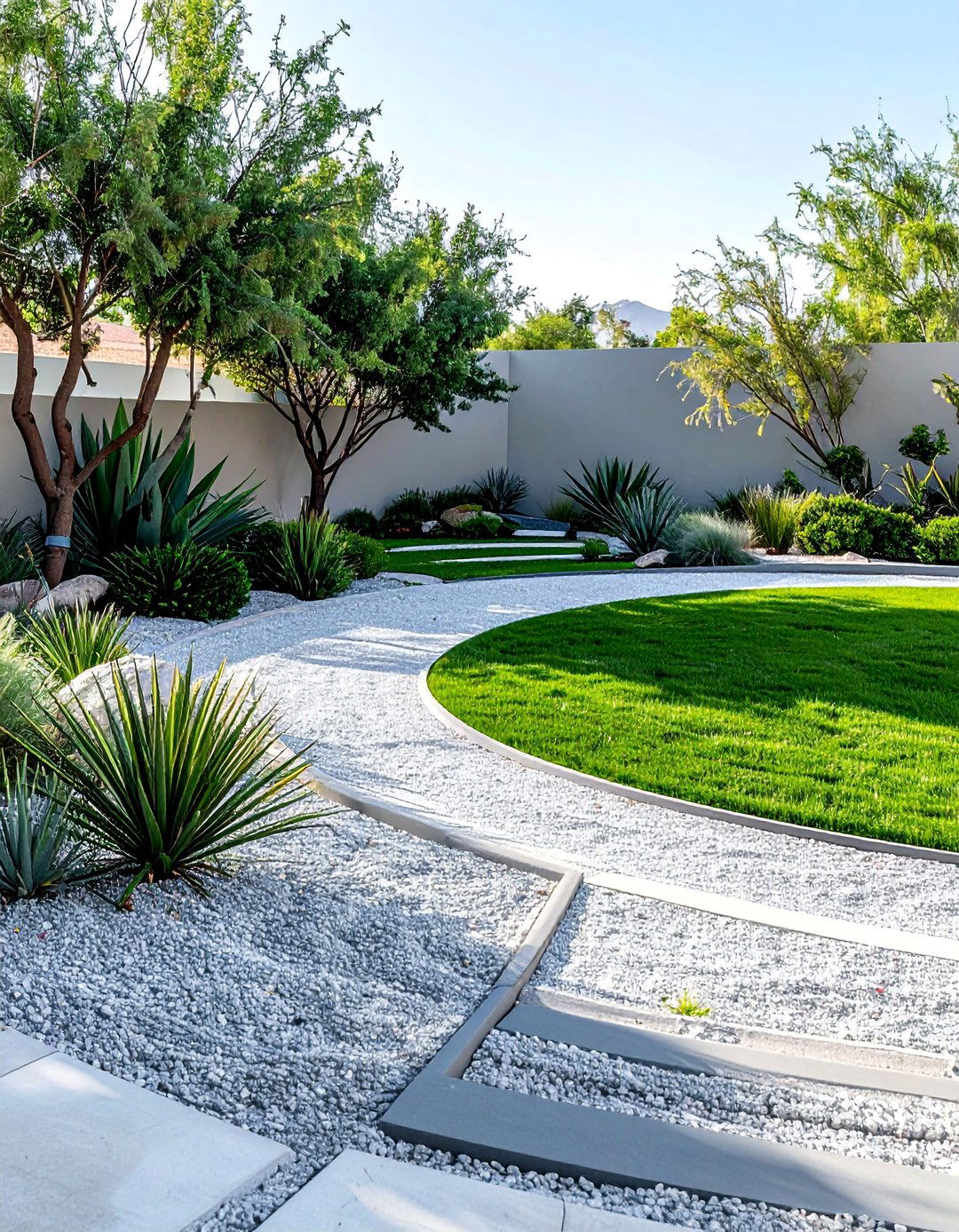
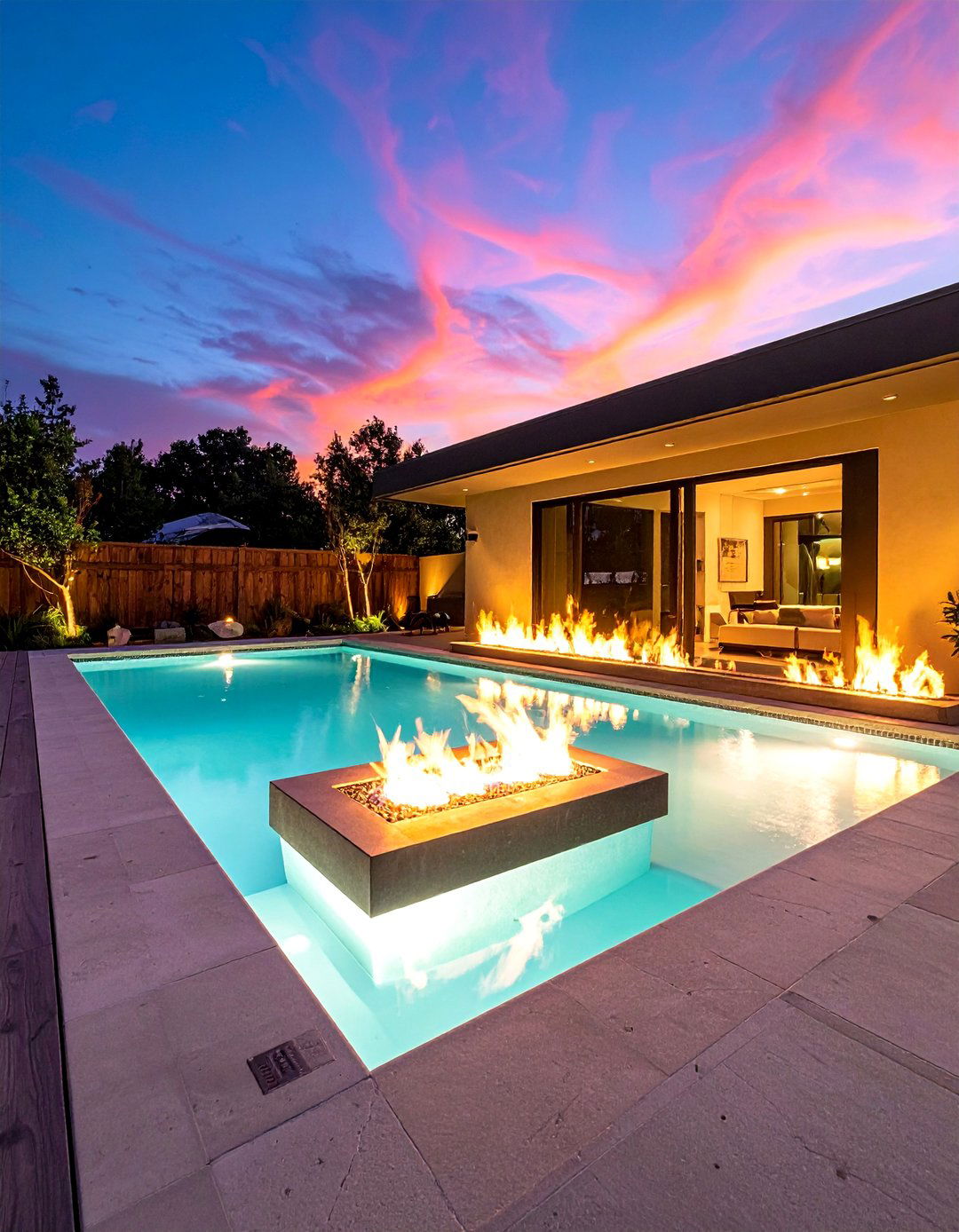
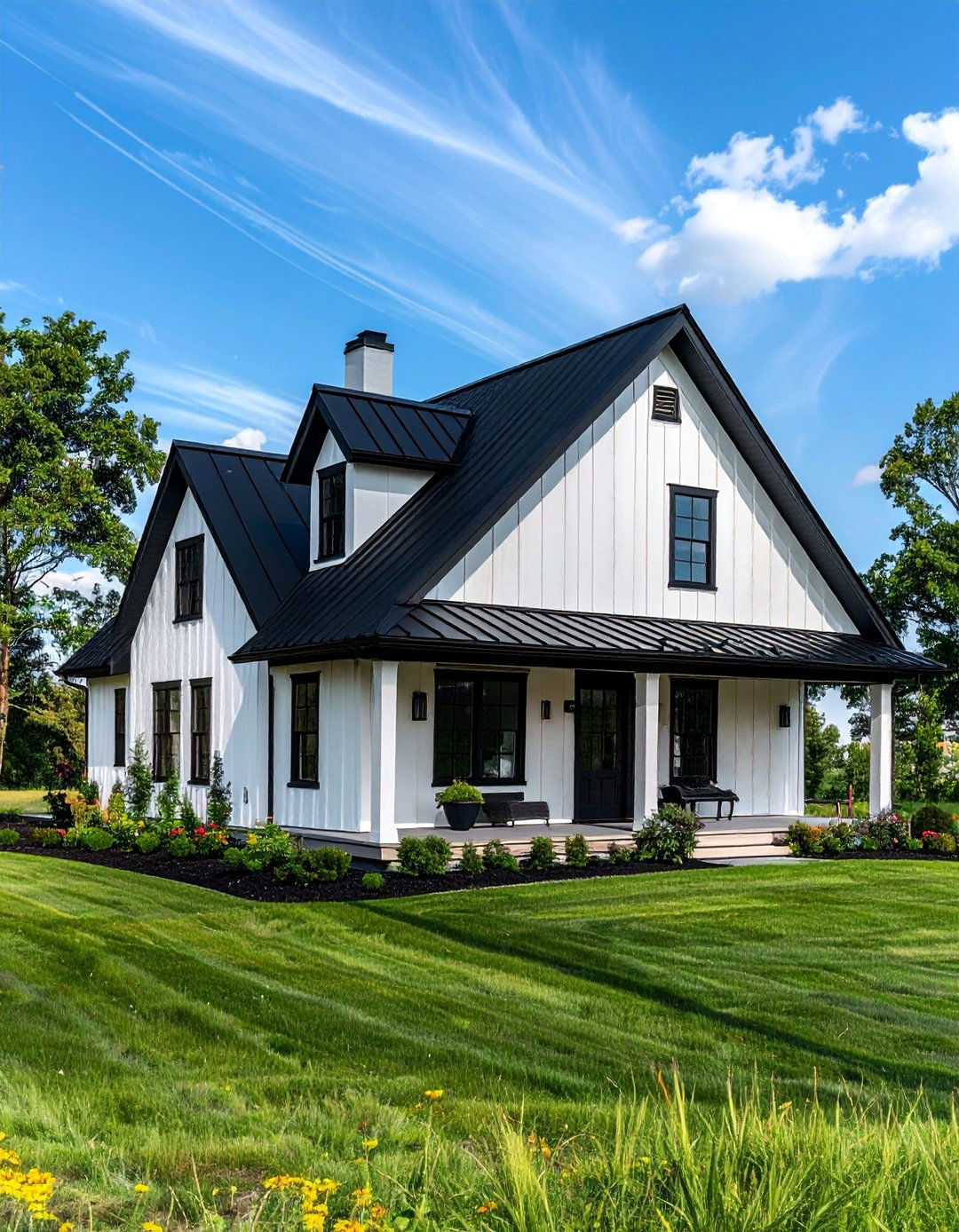
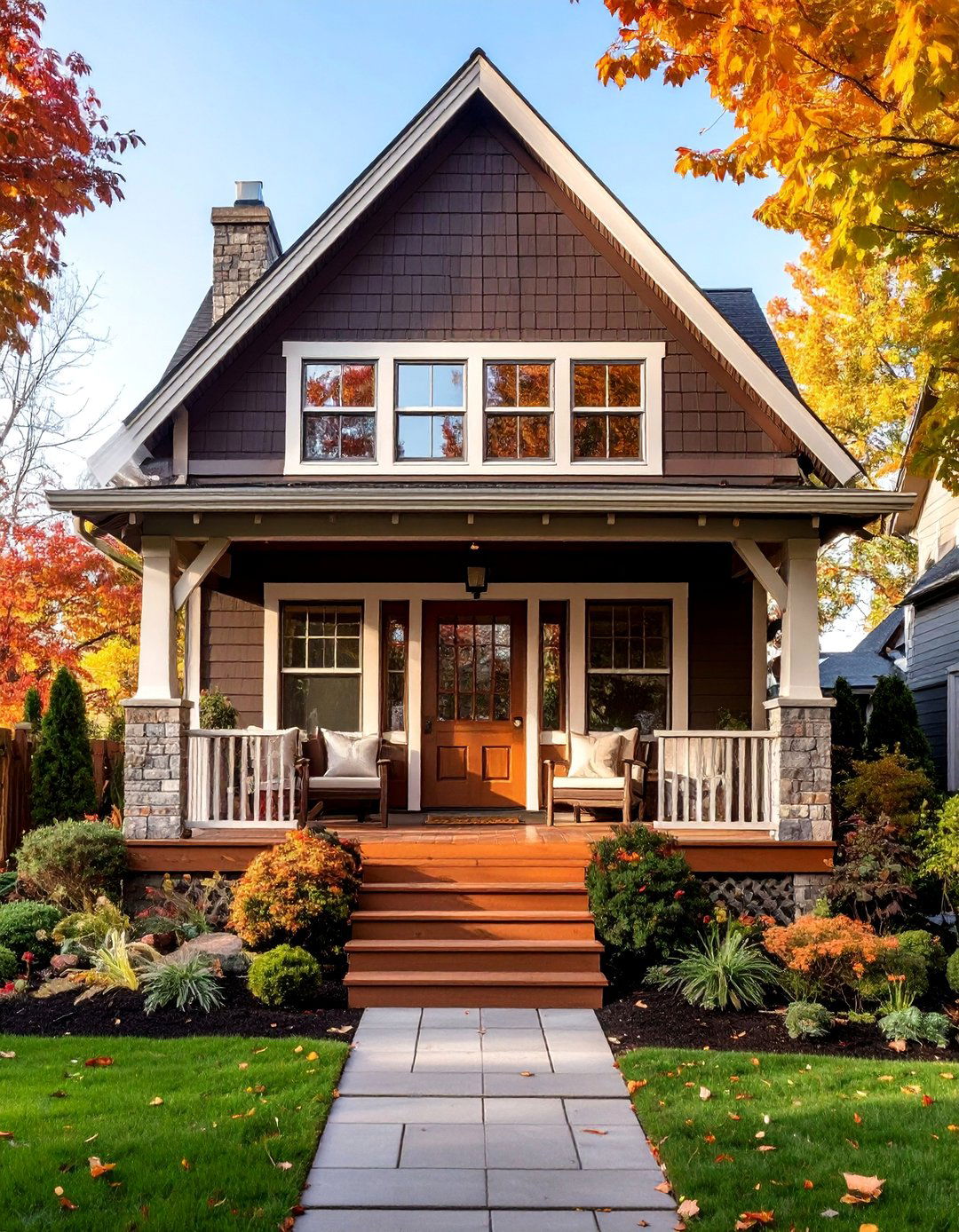
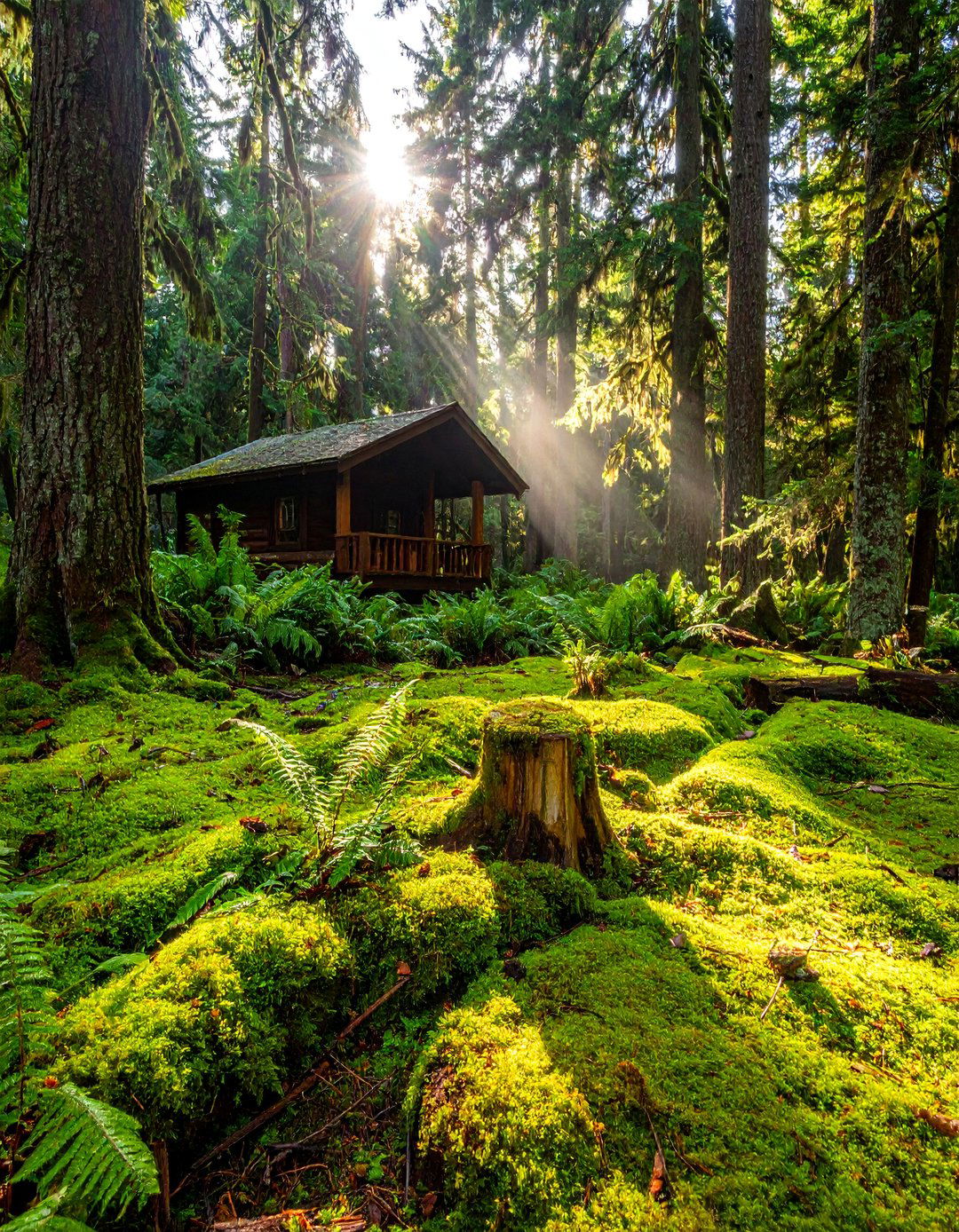
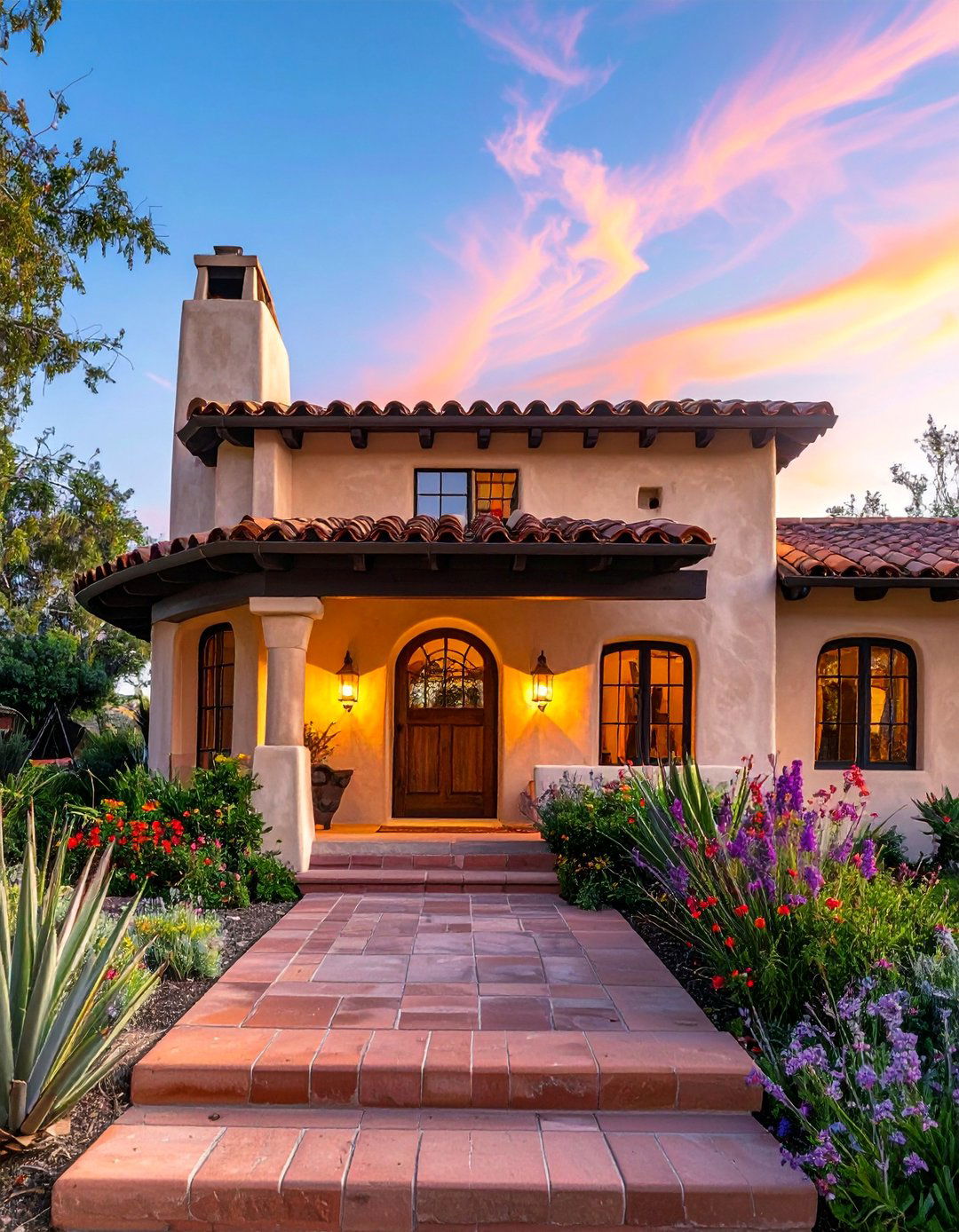
Leave a Reply